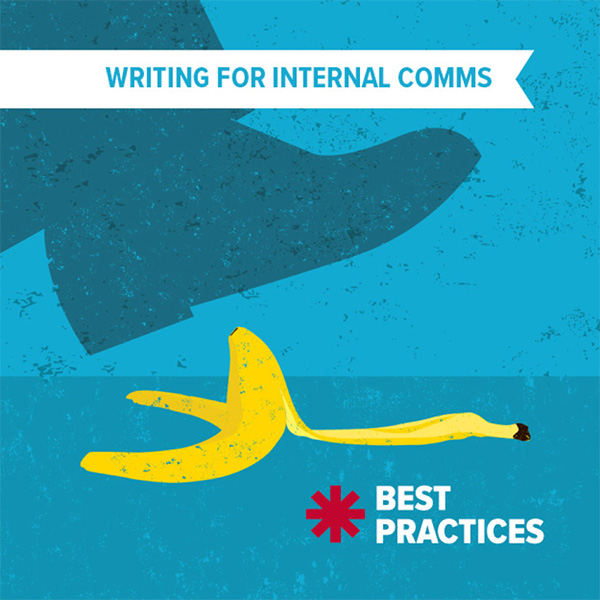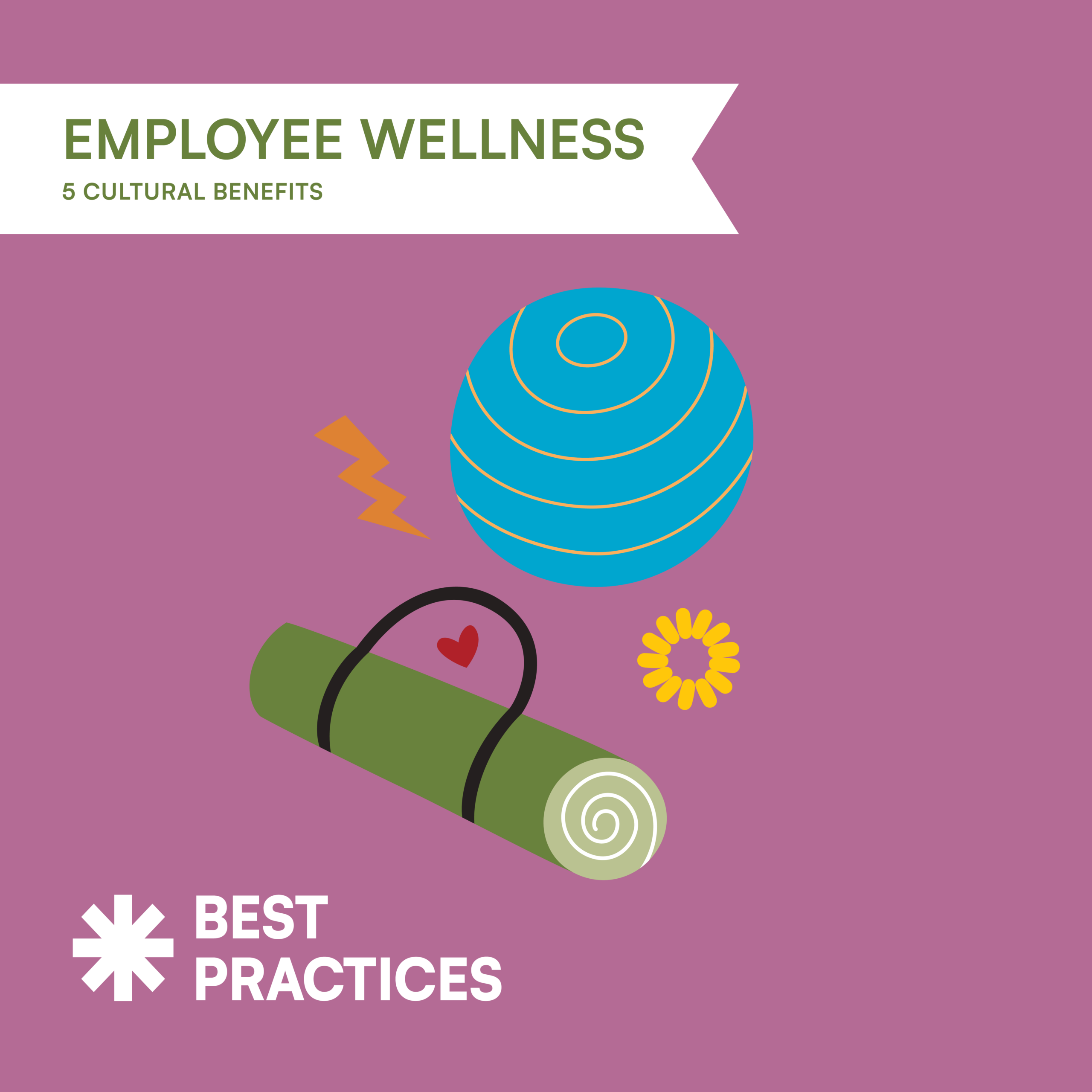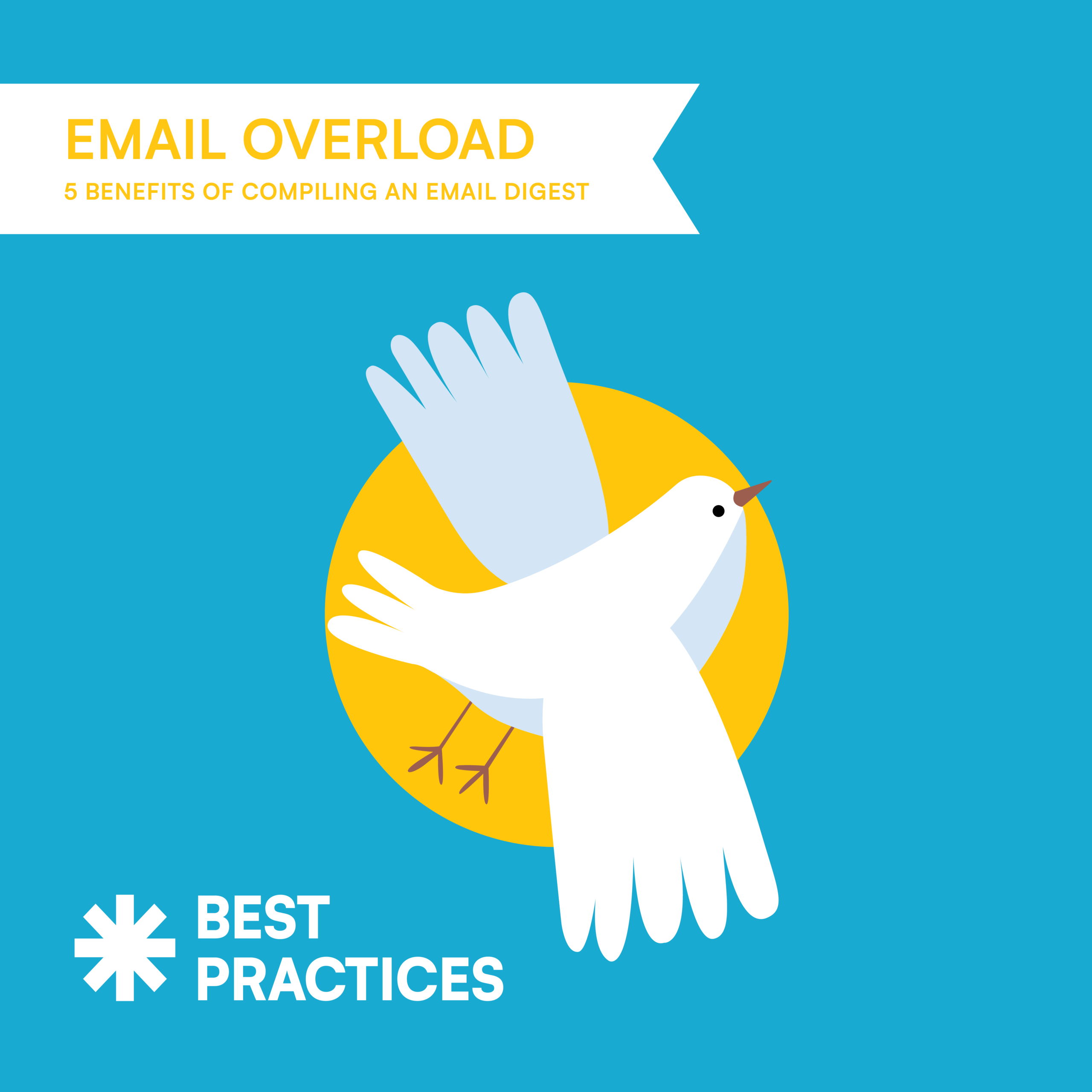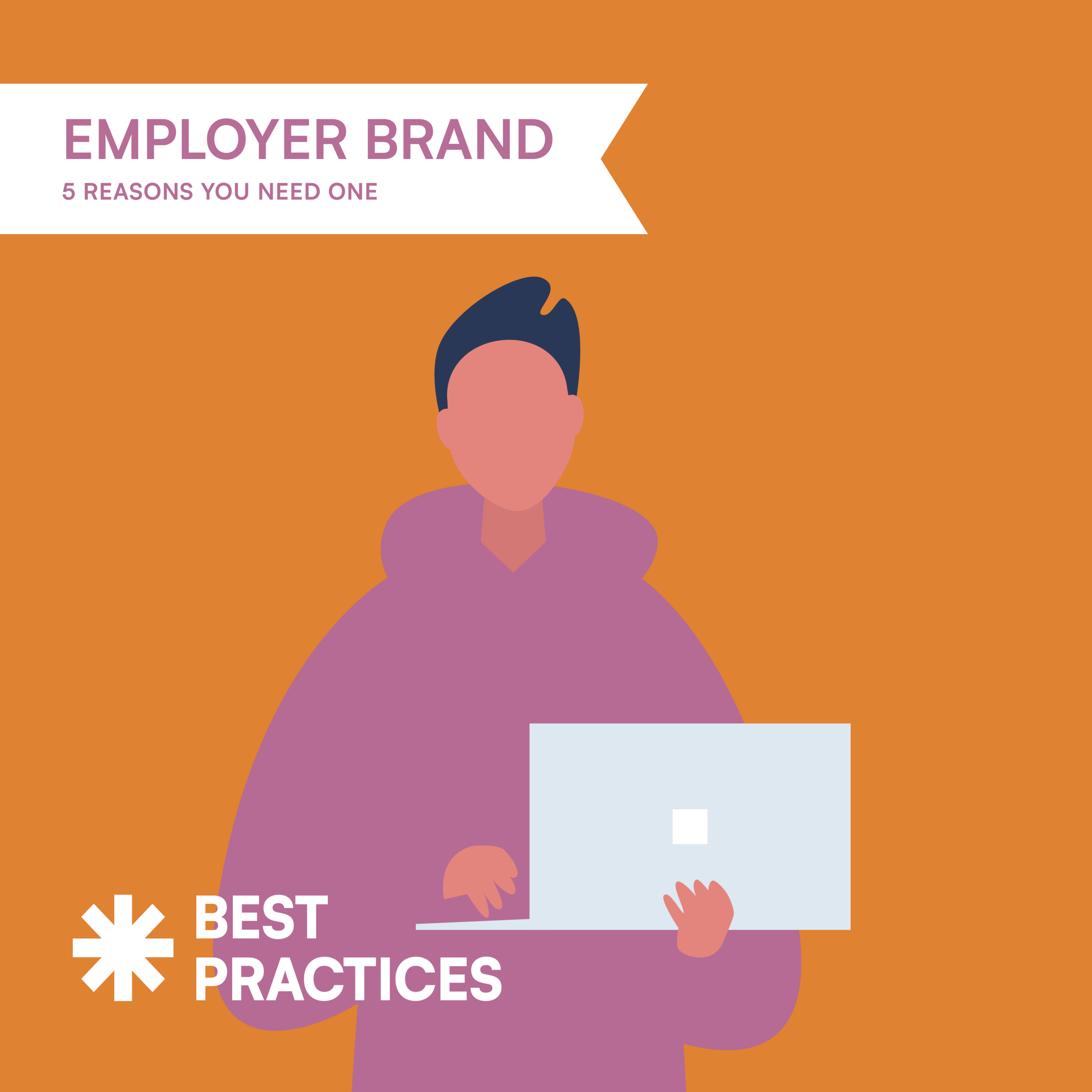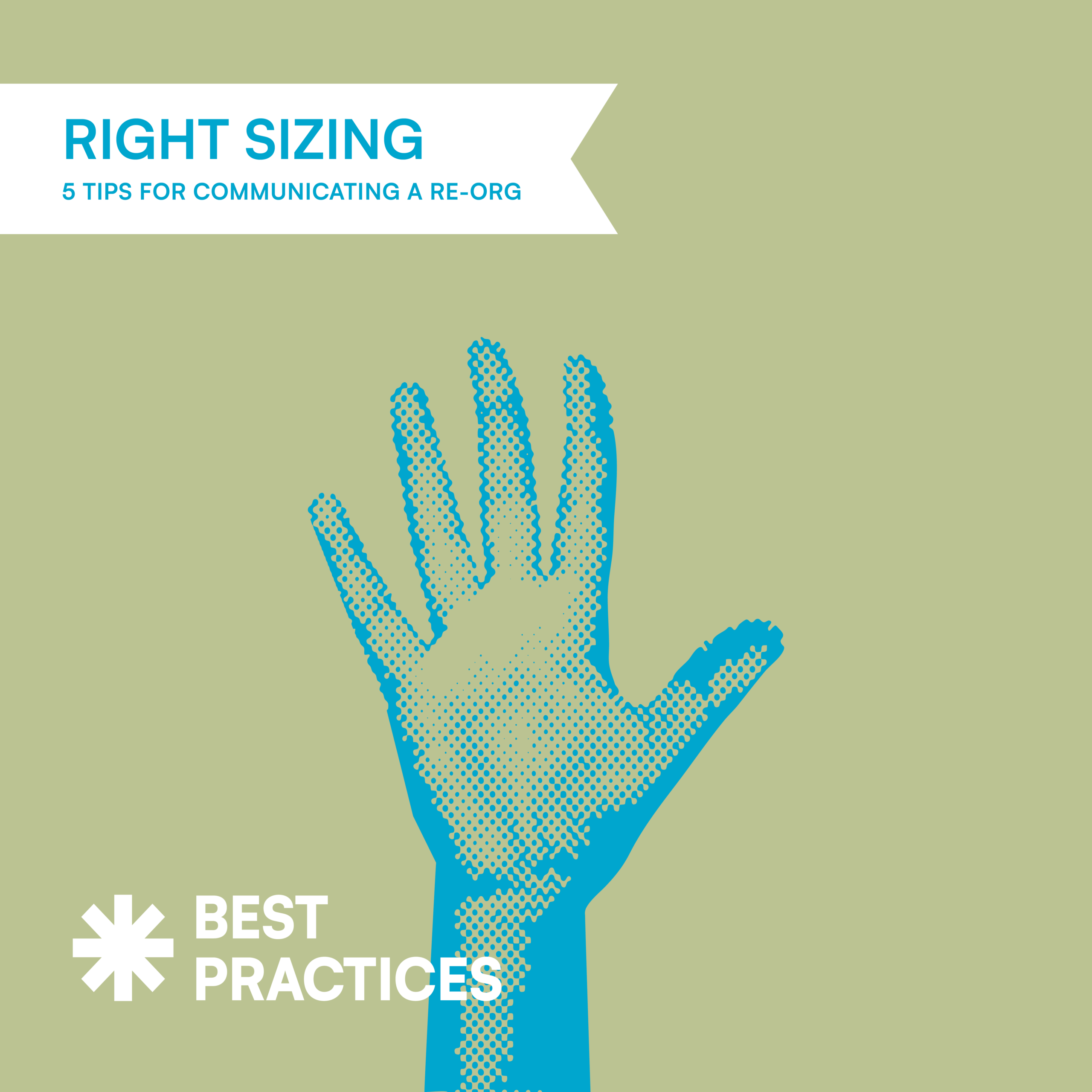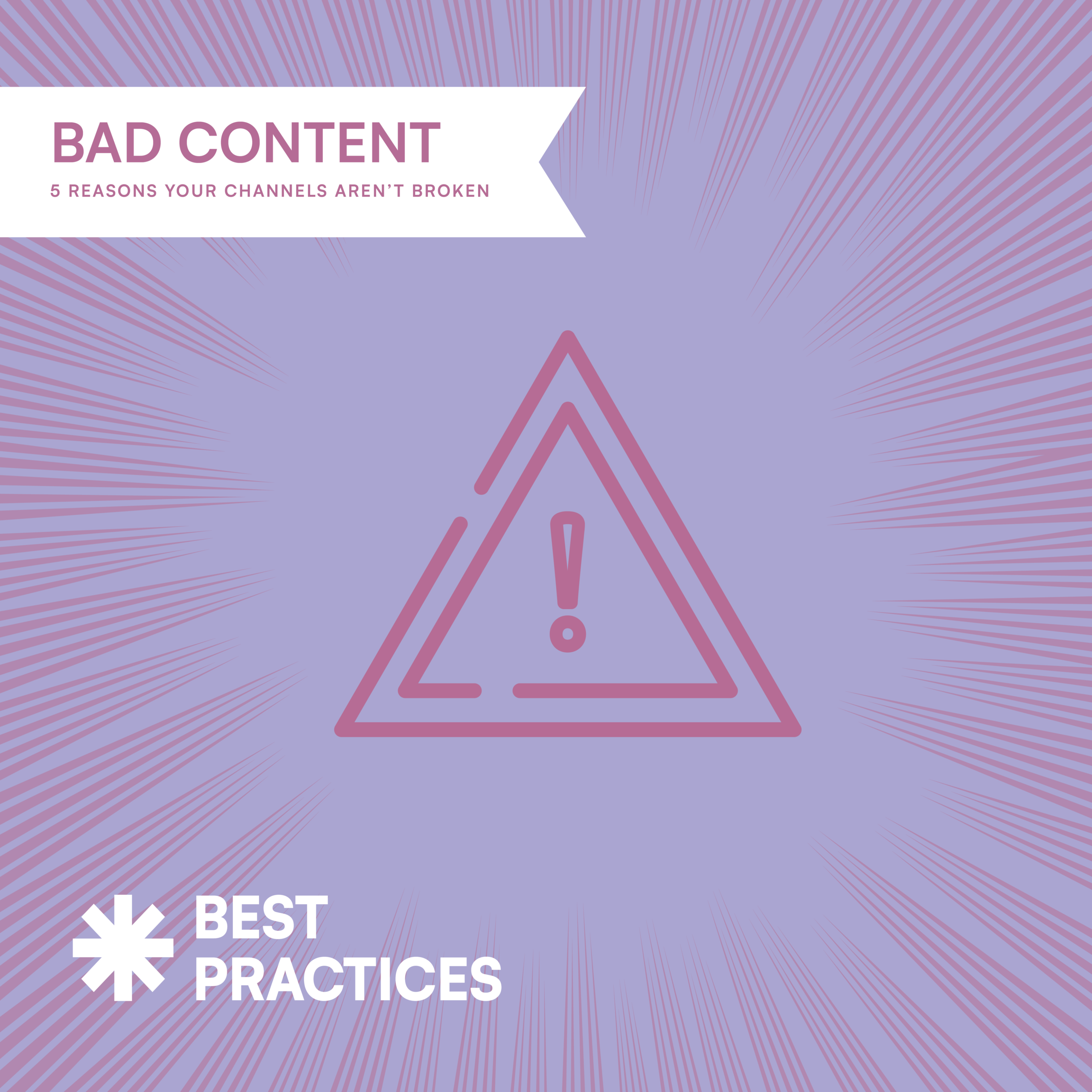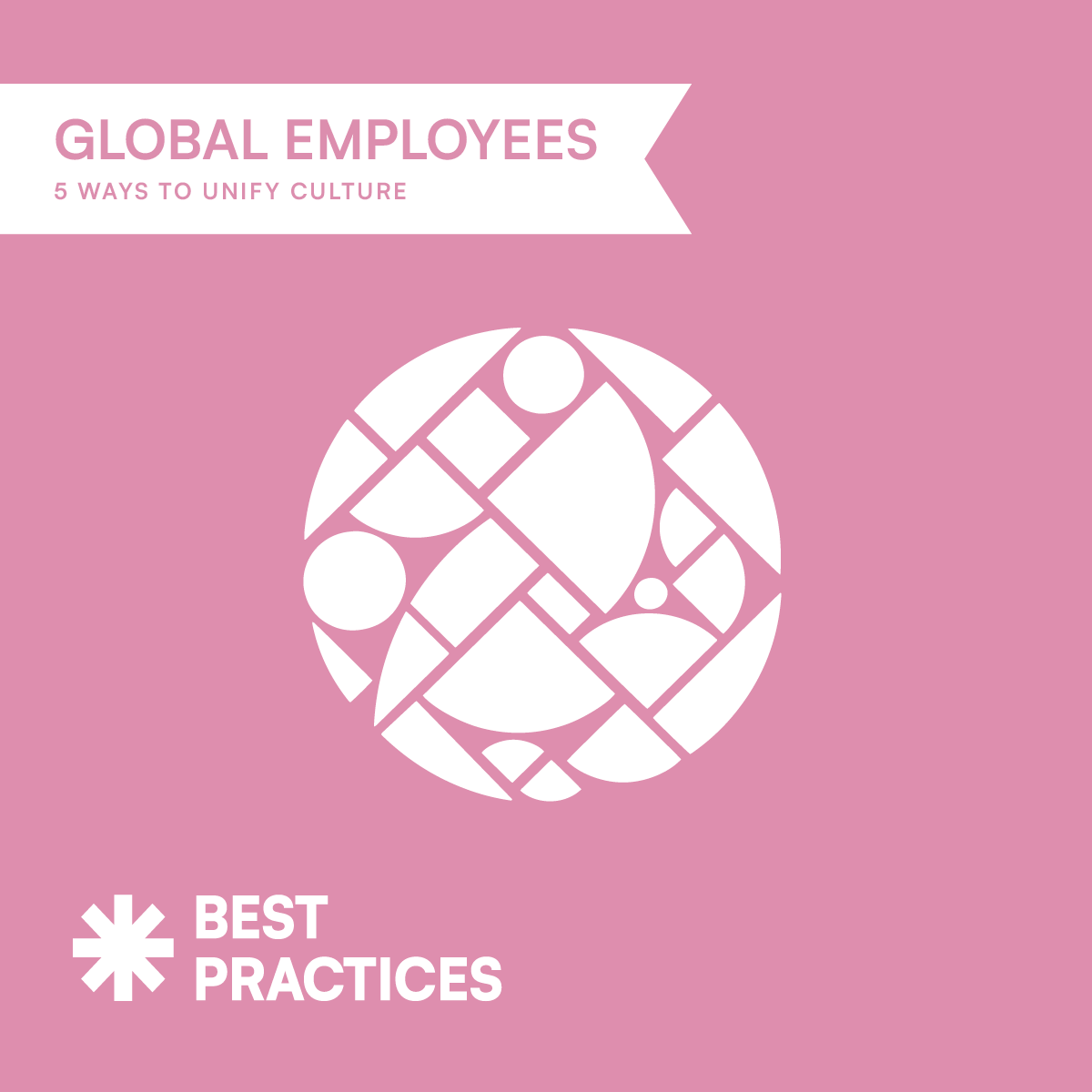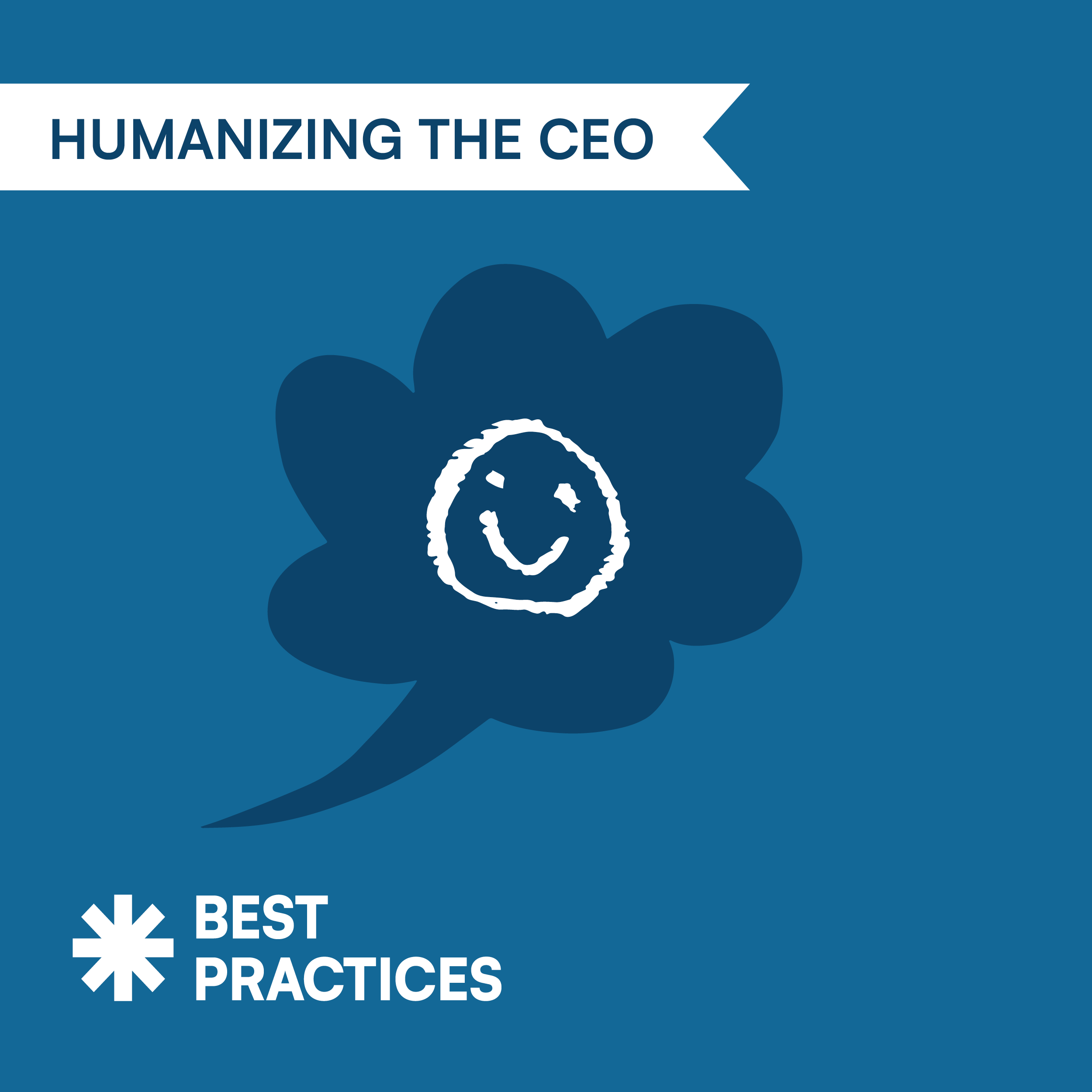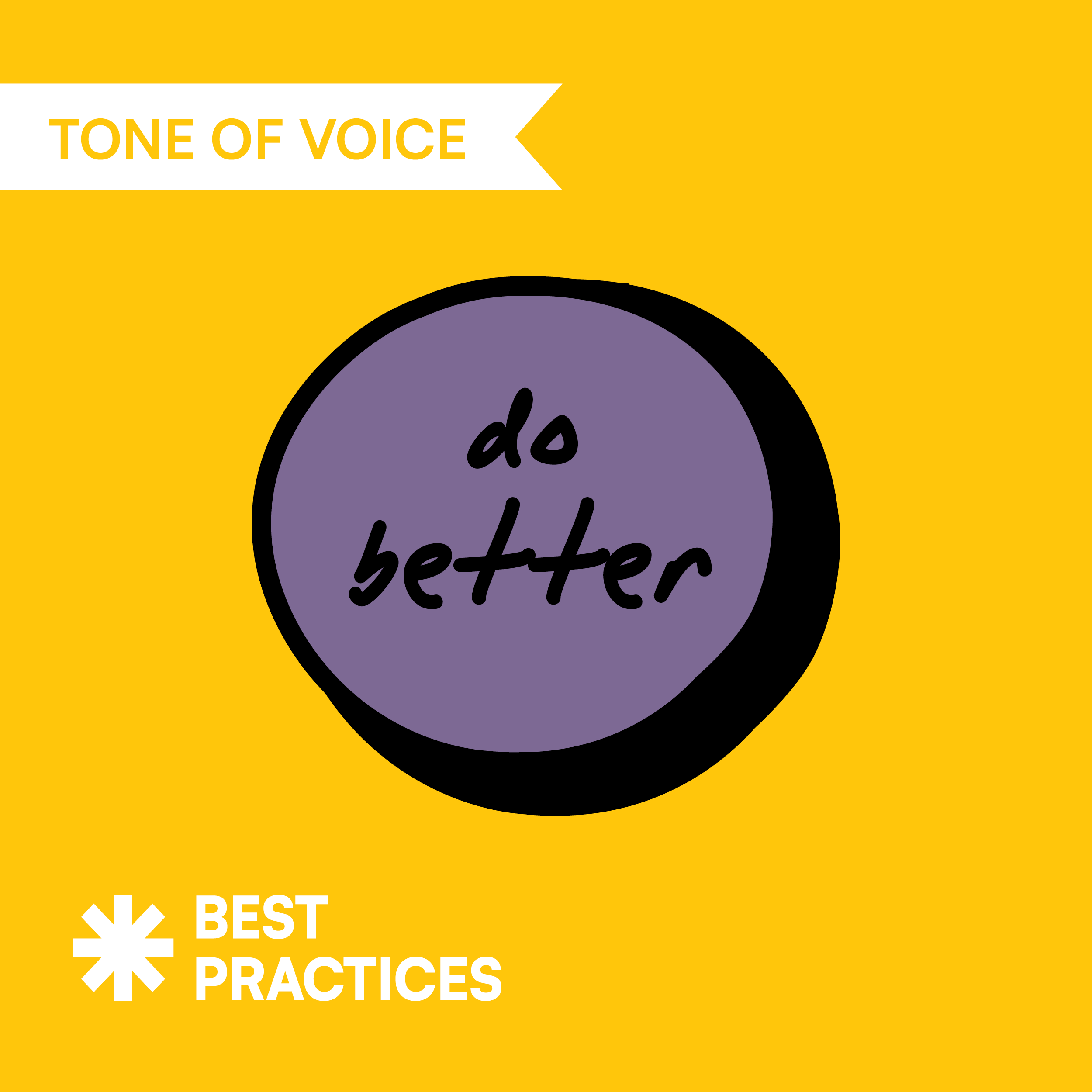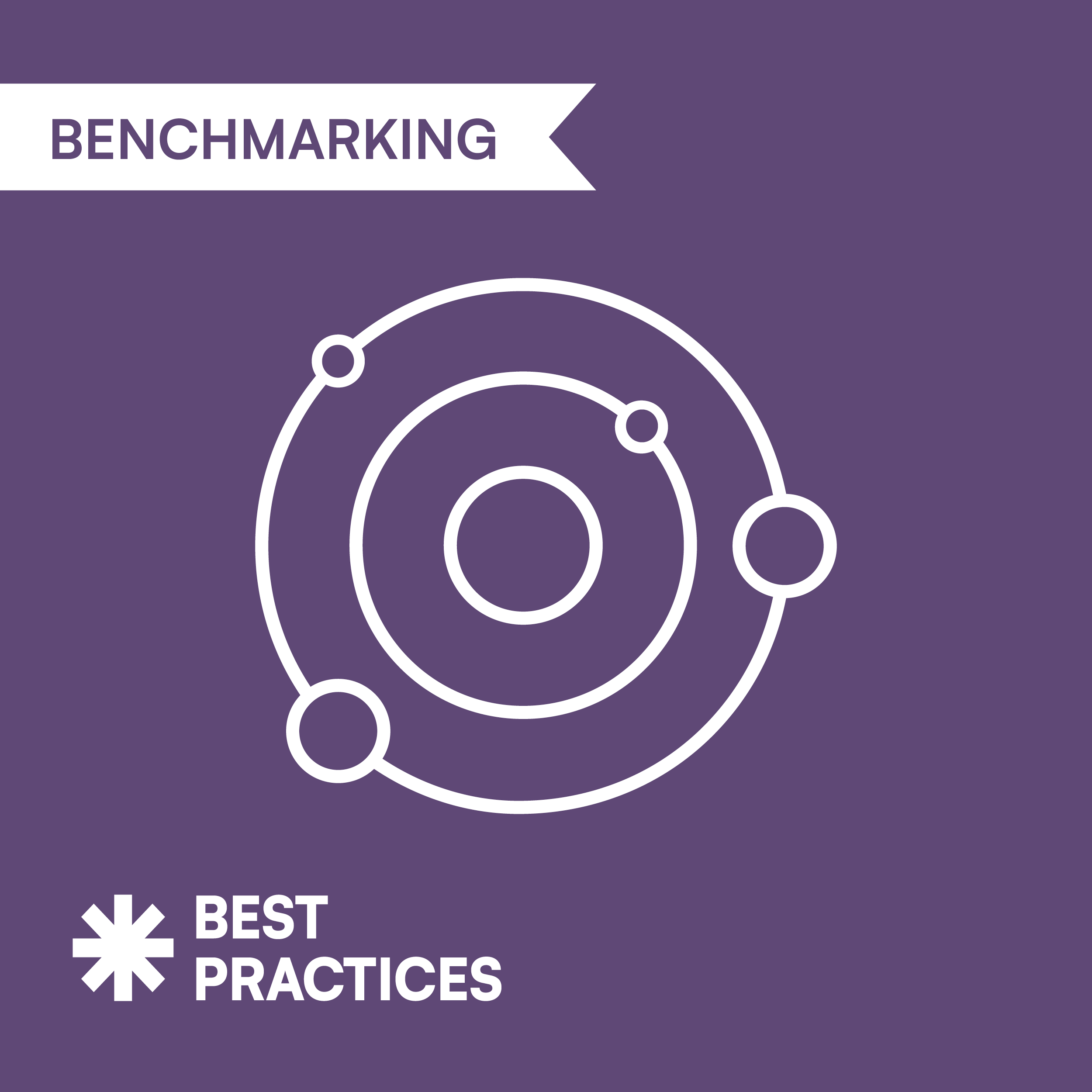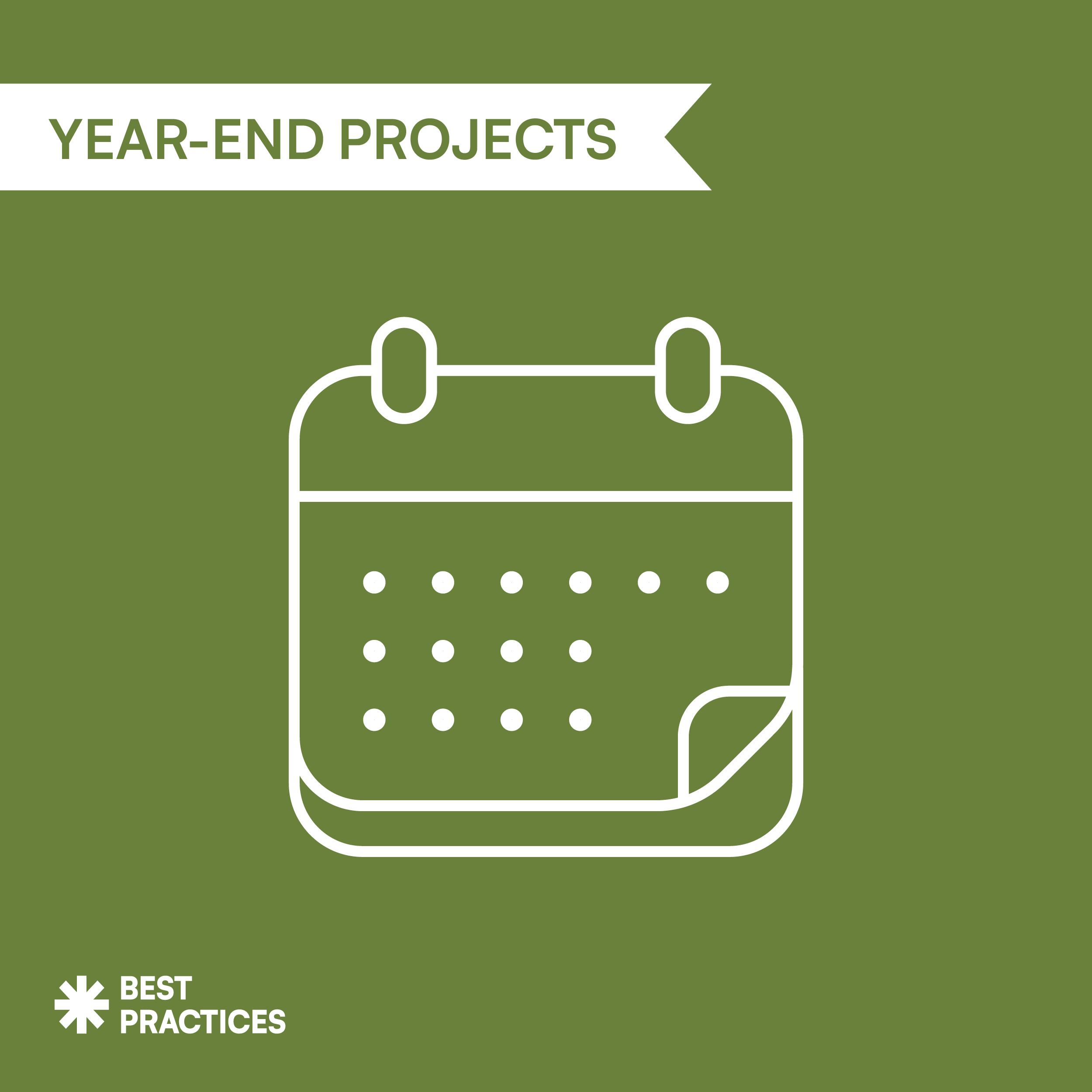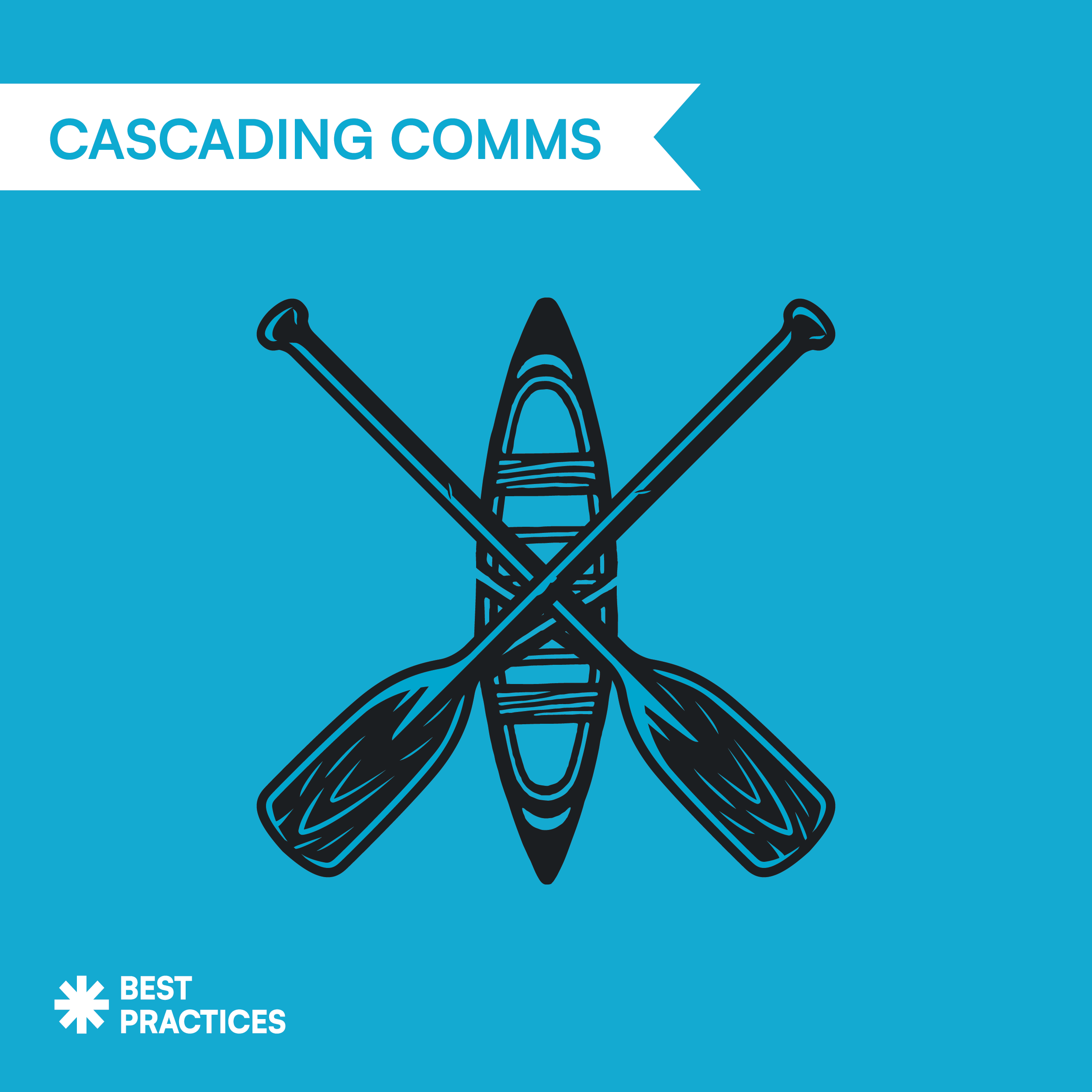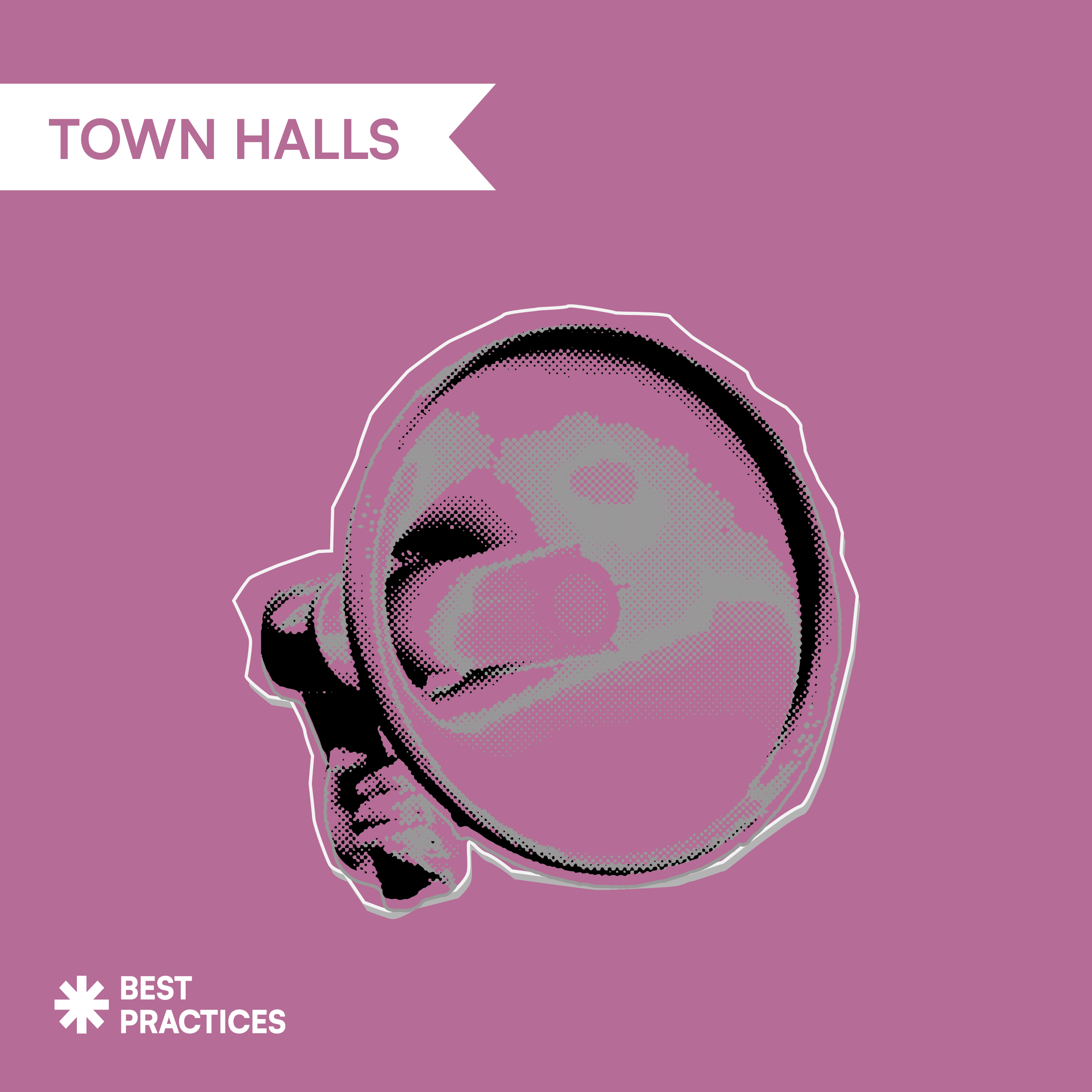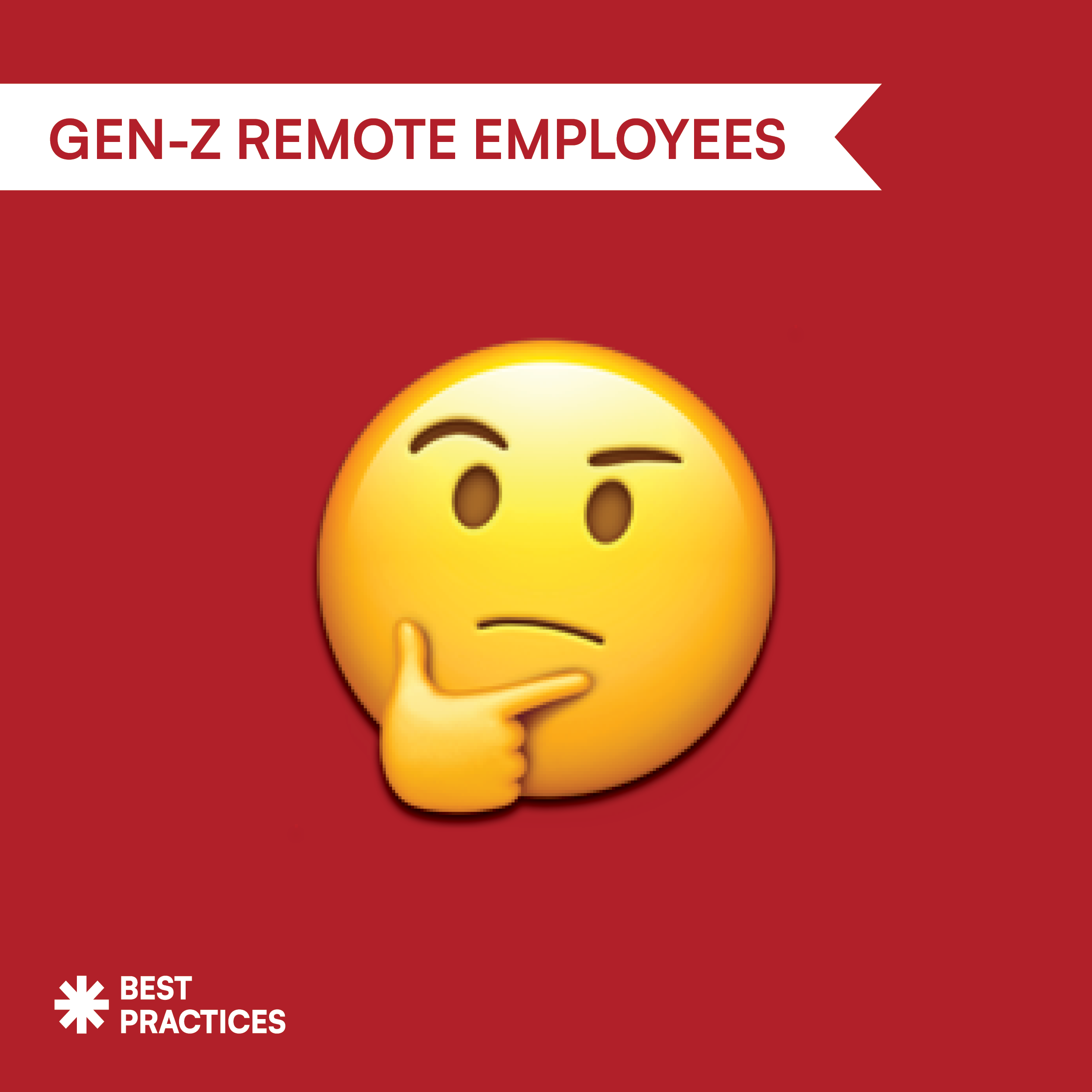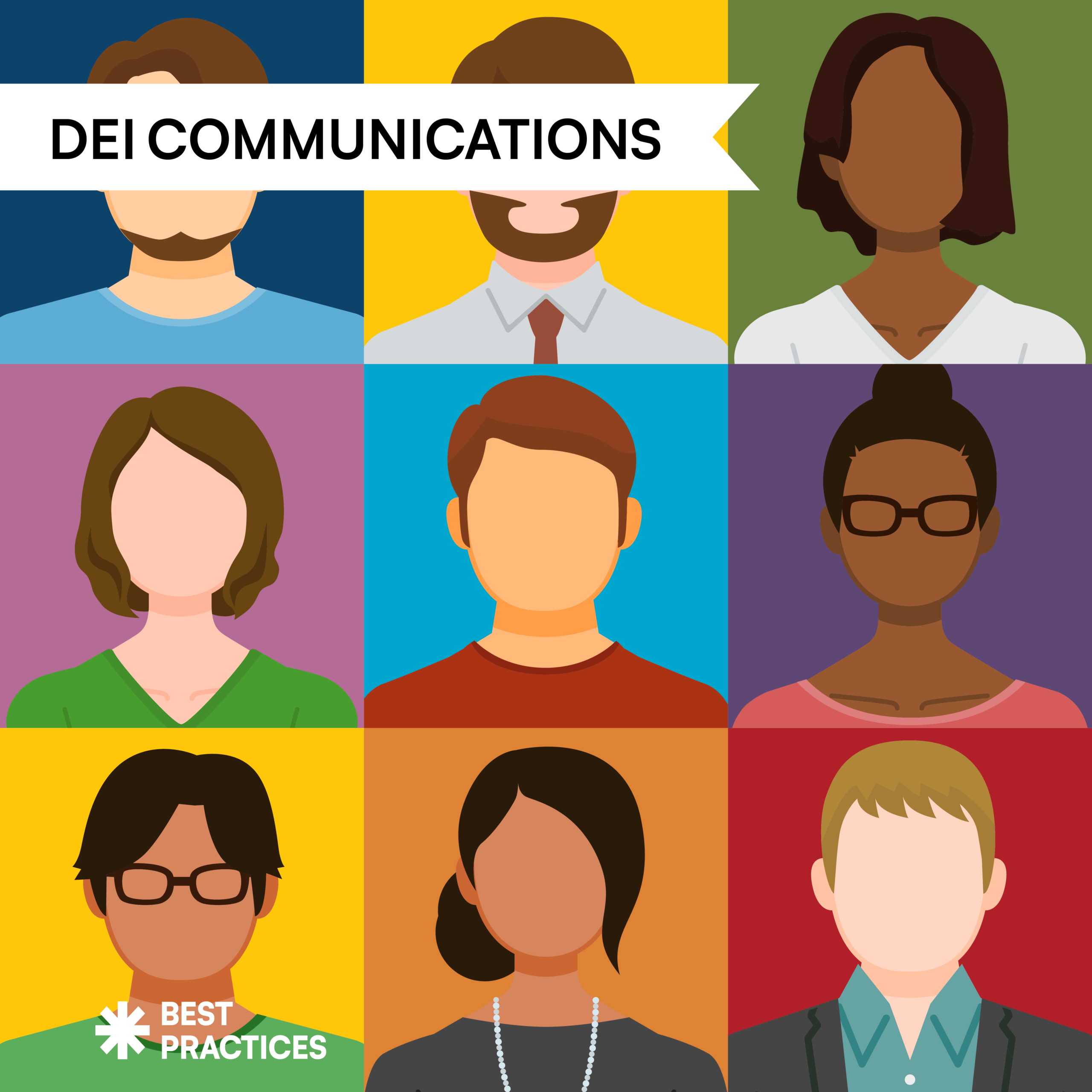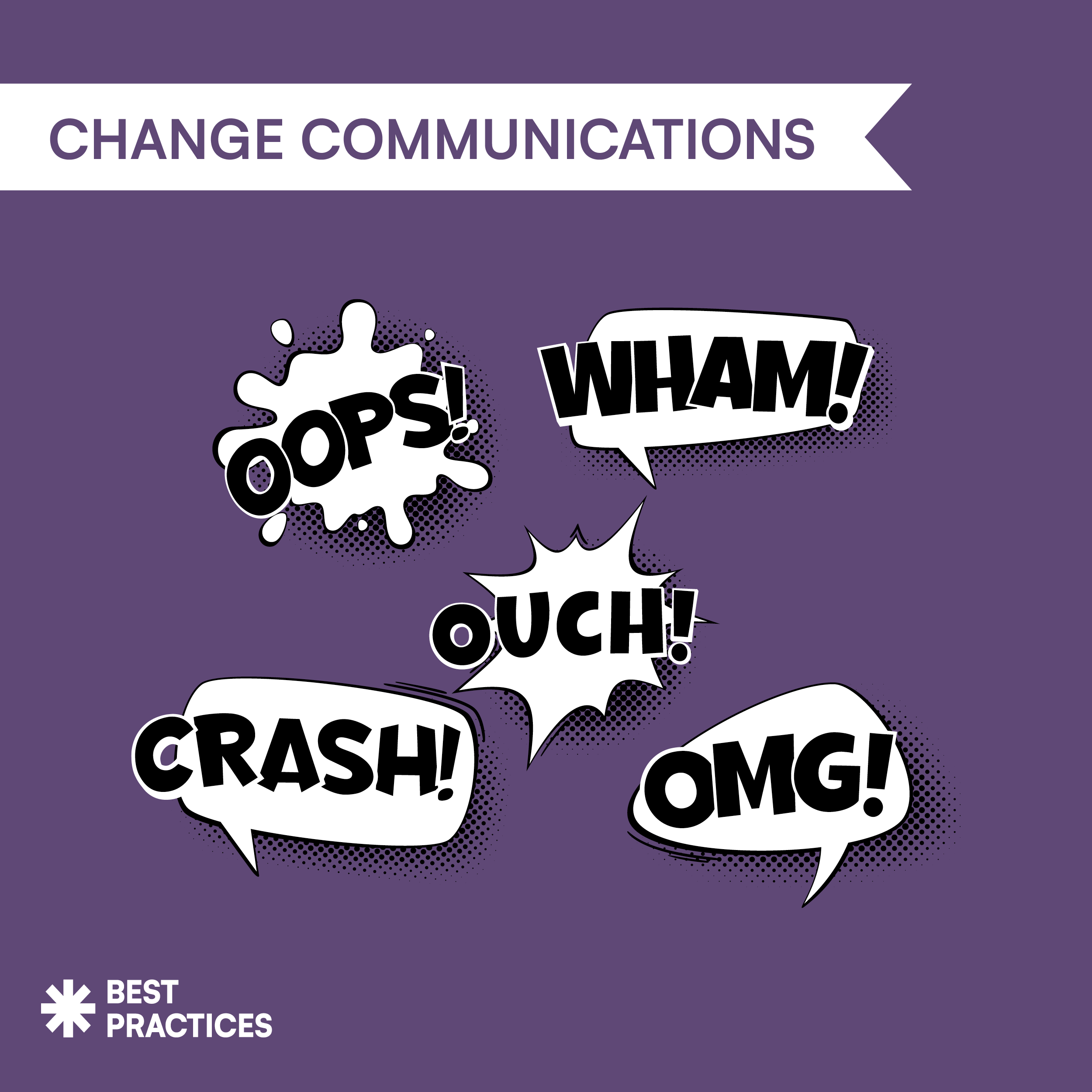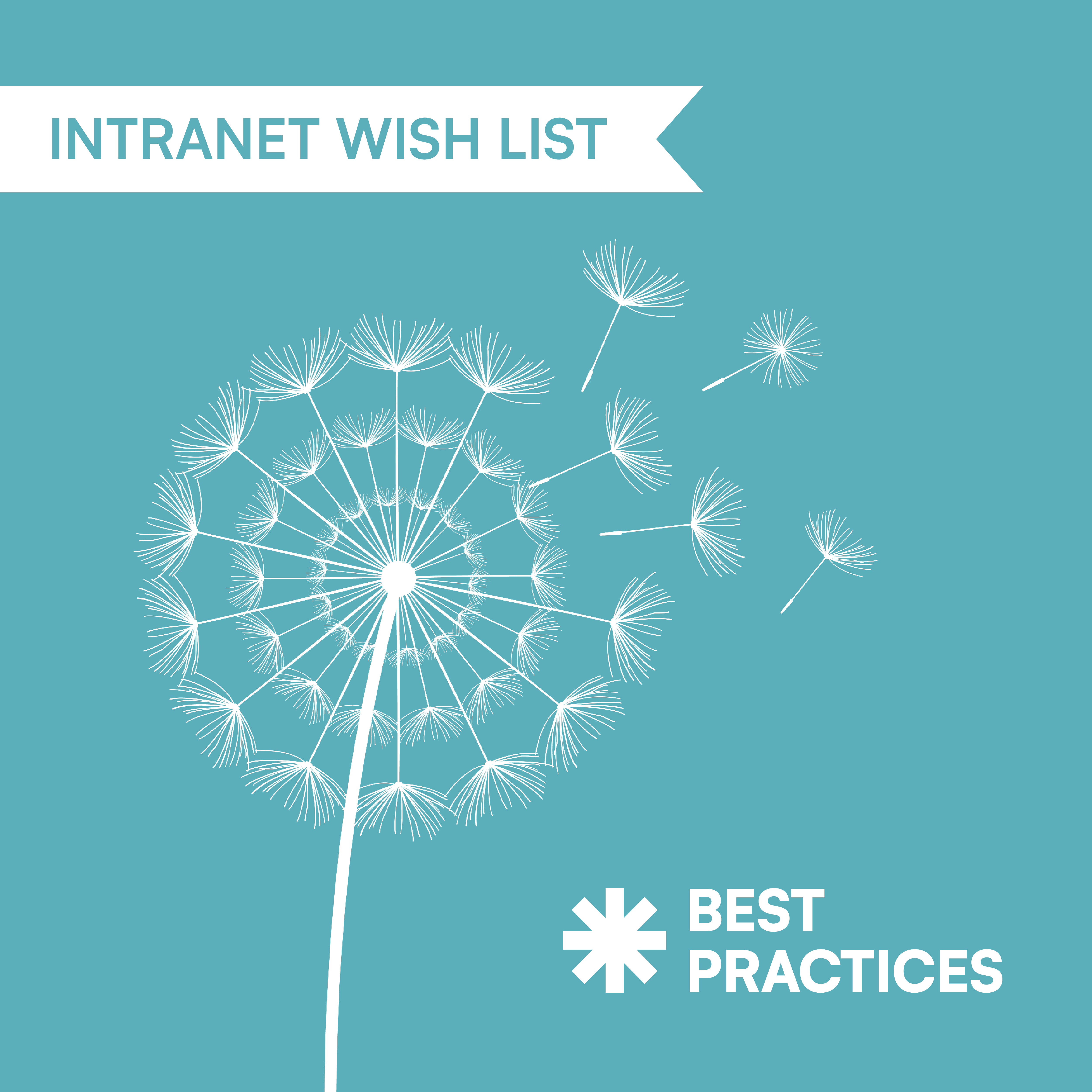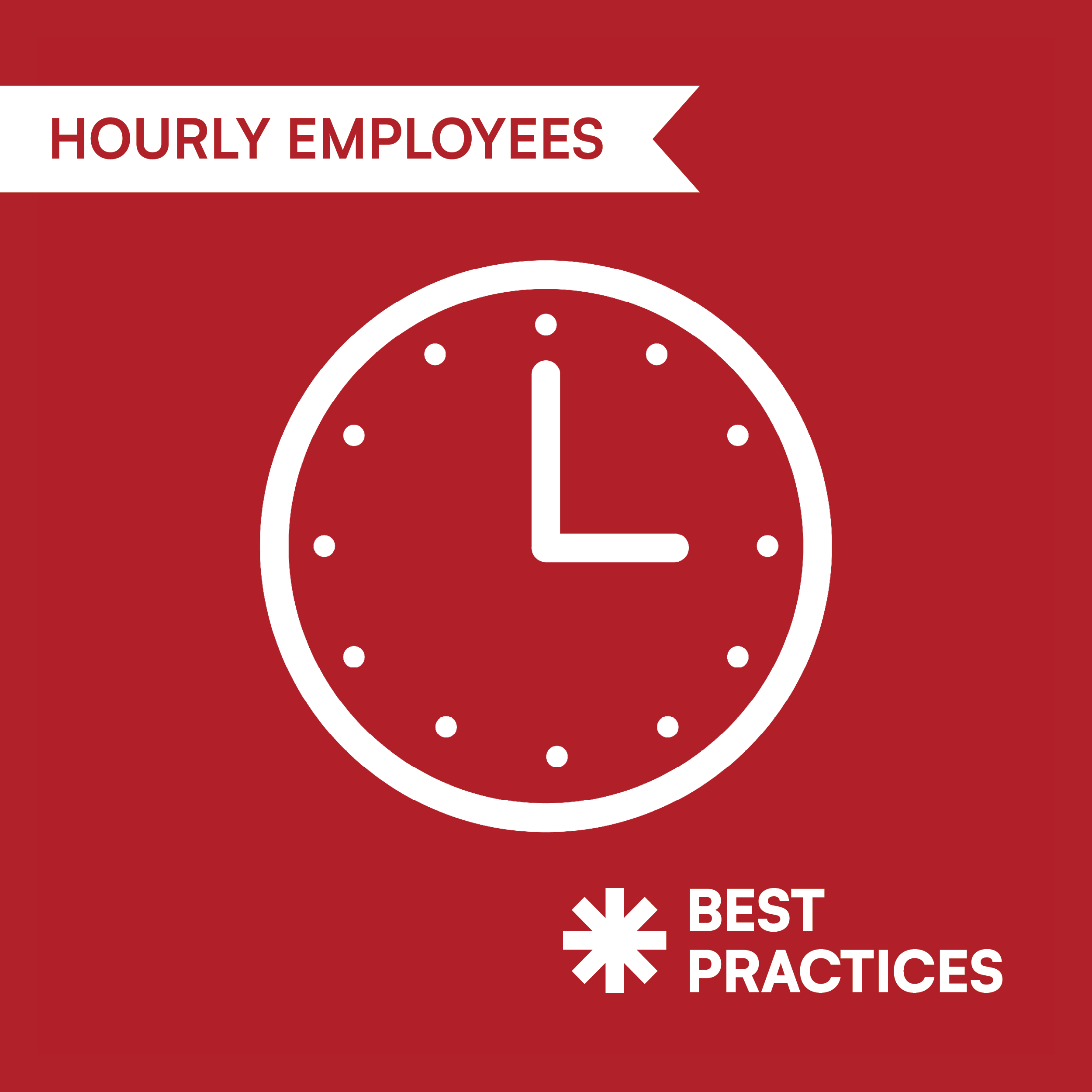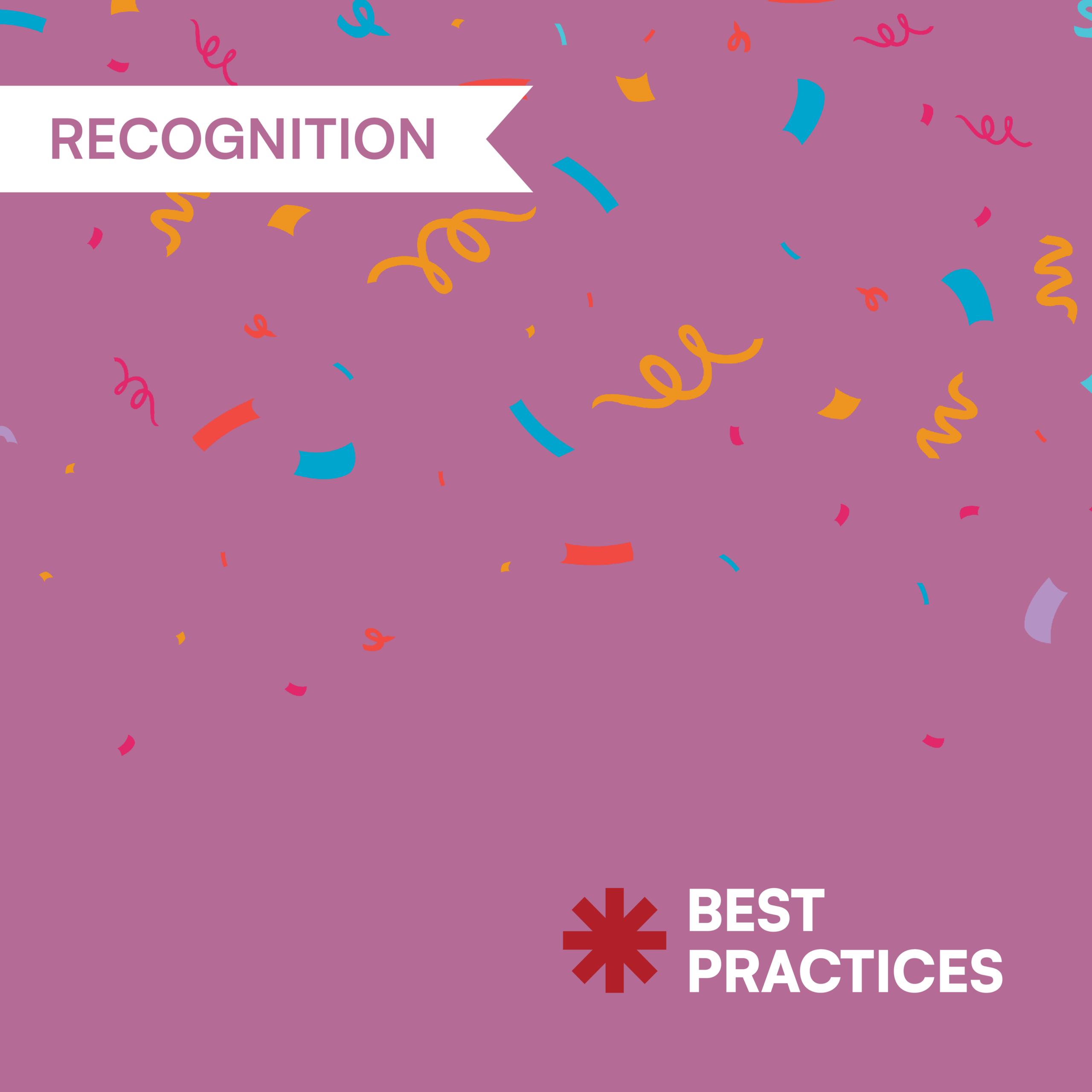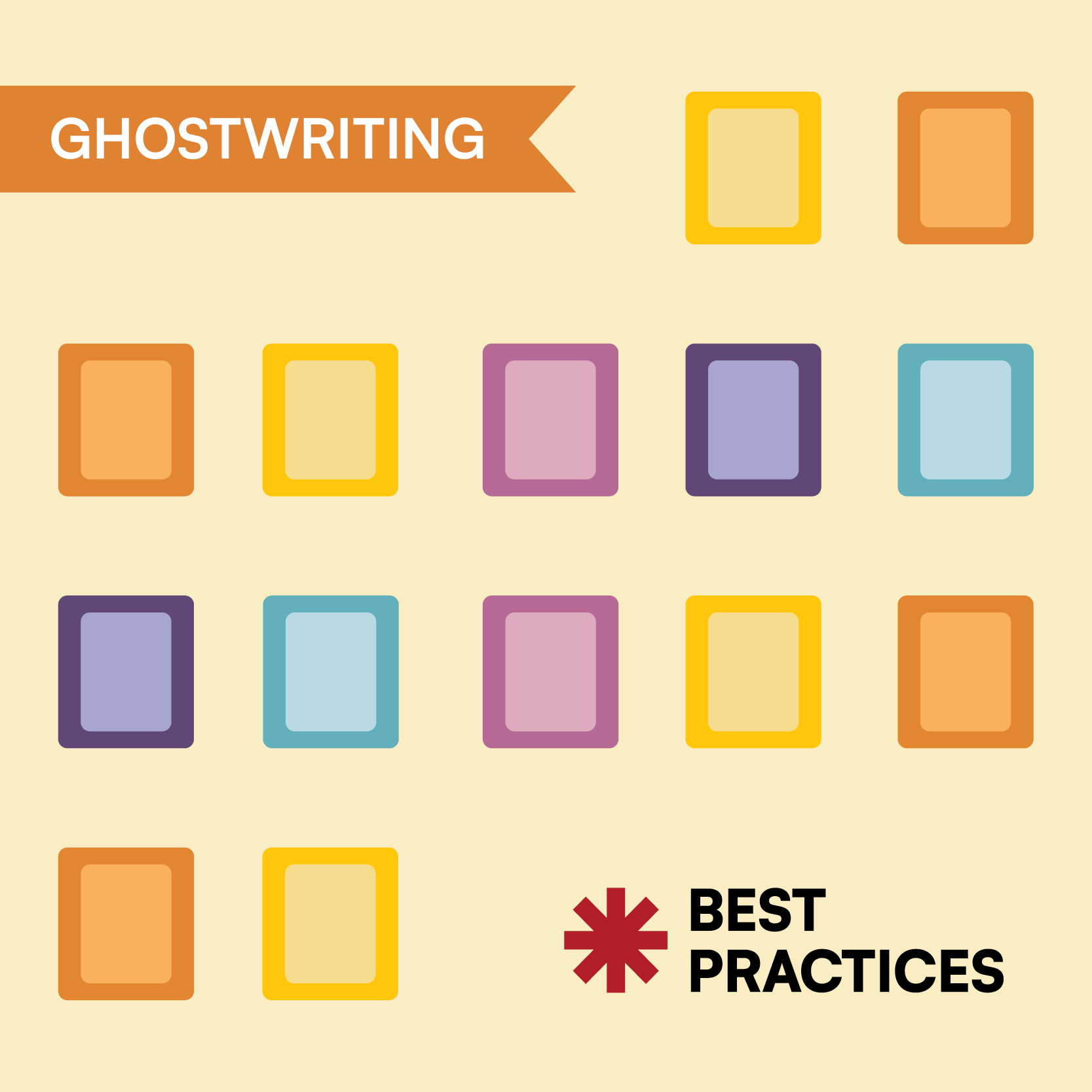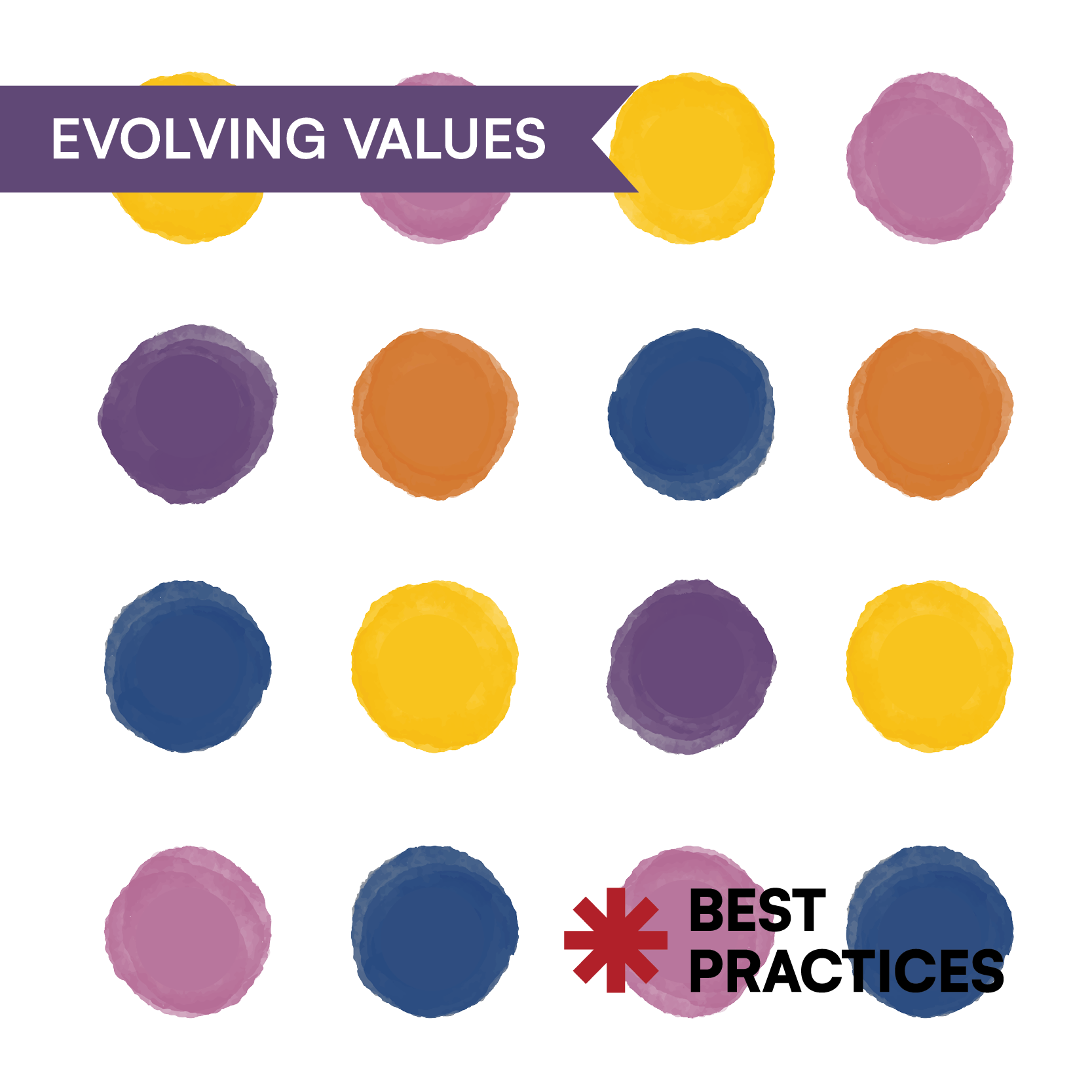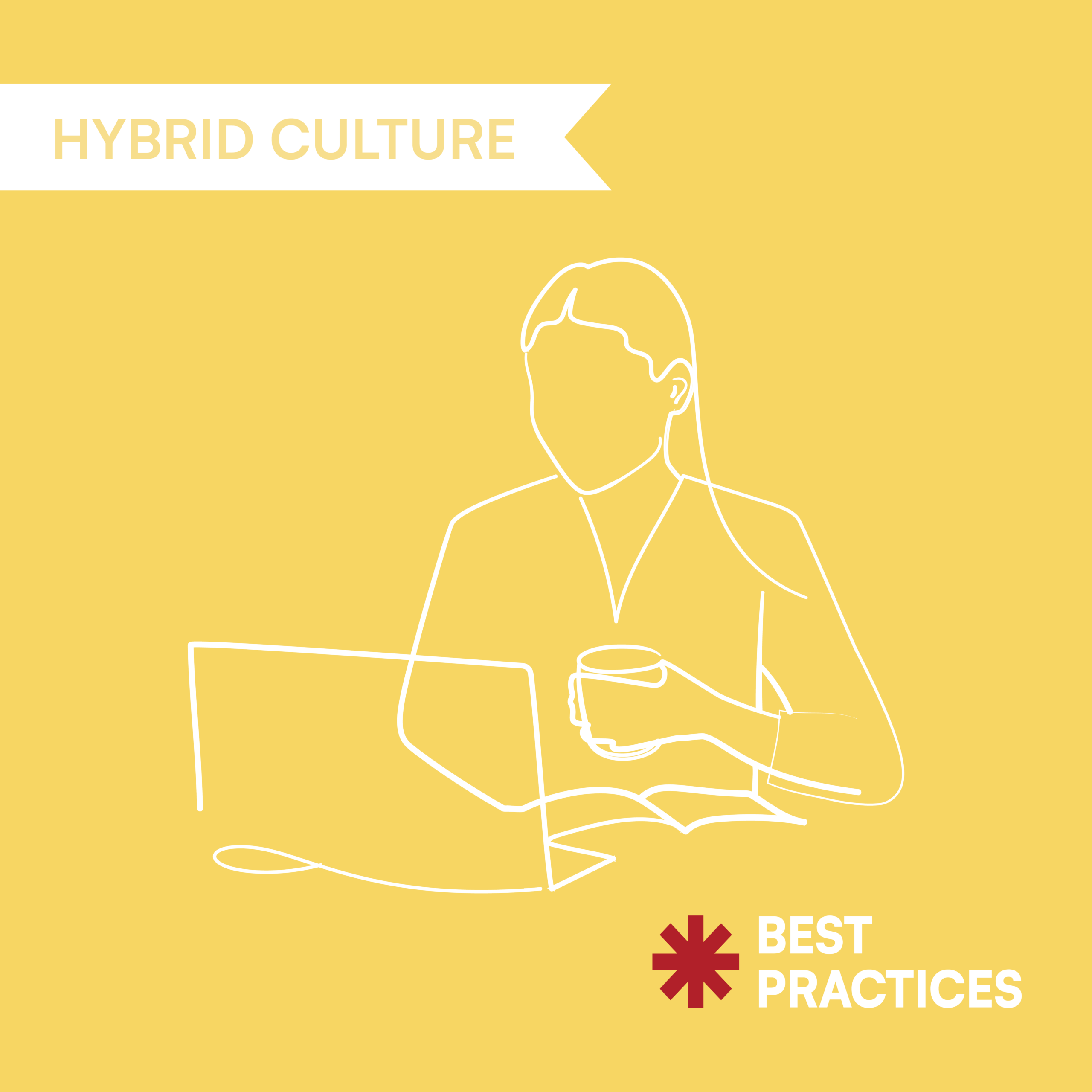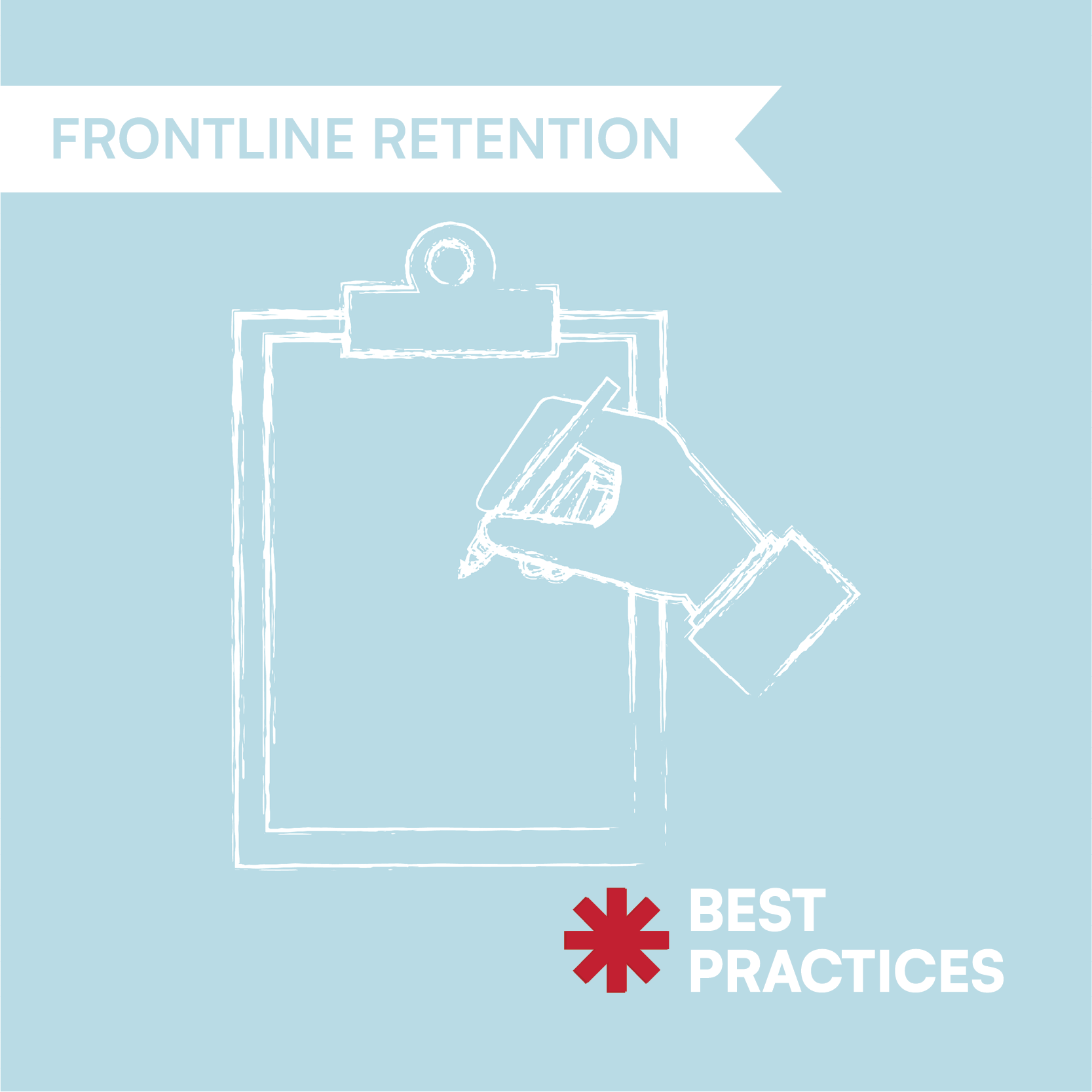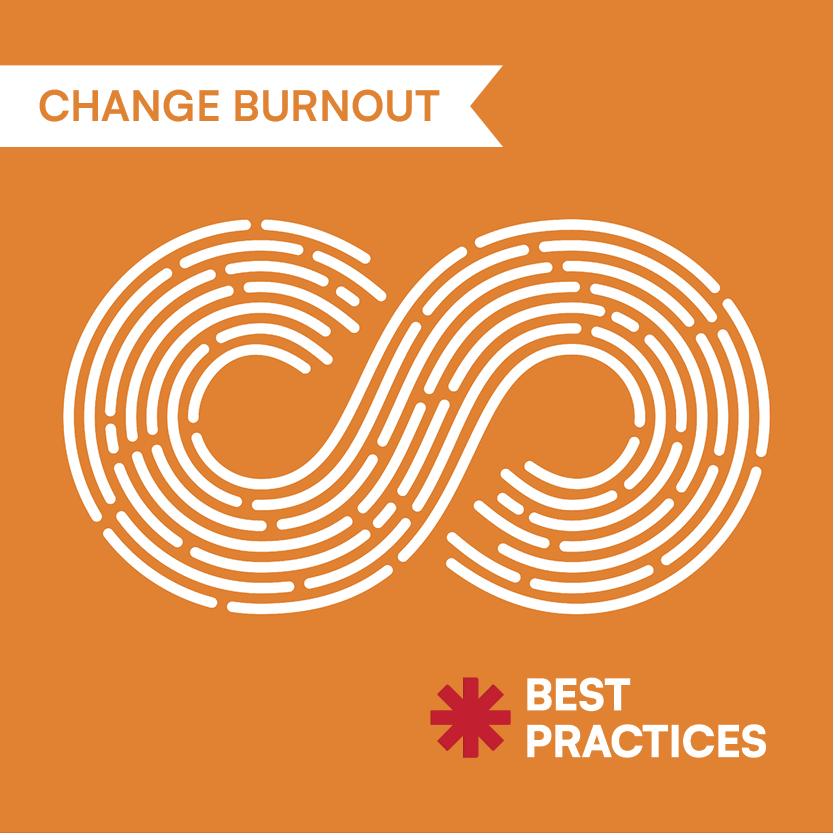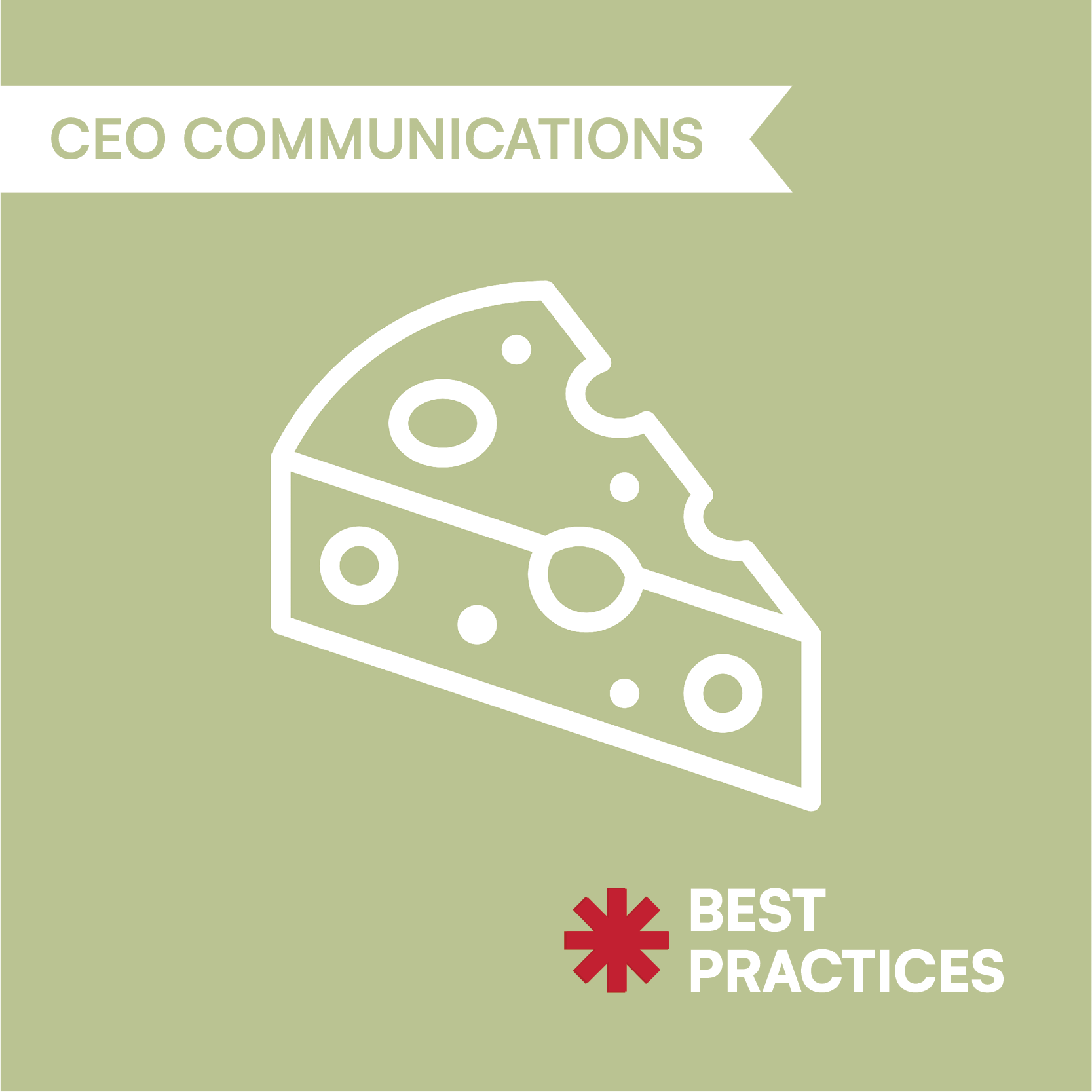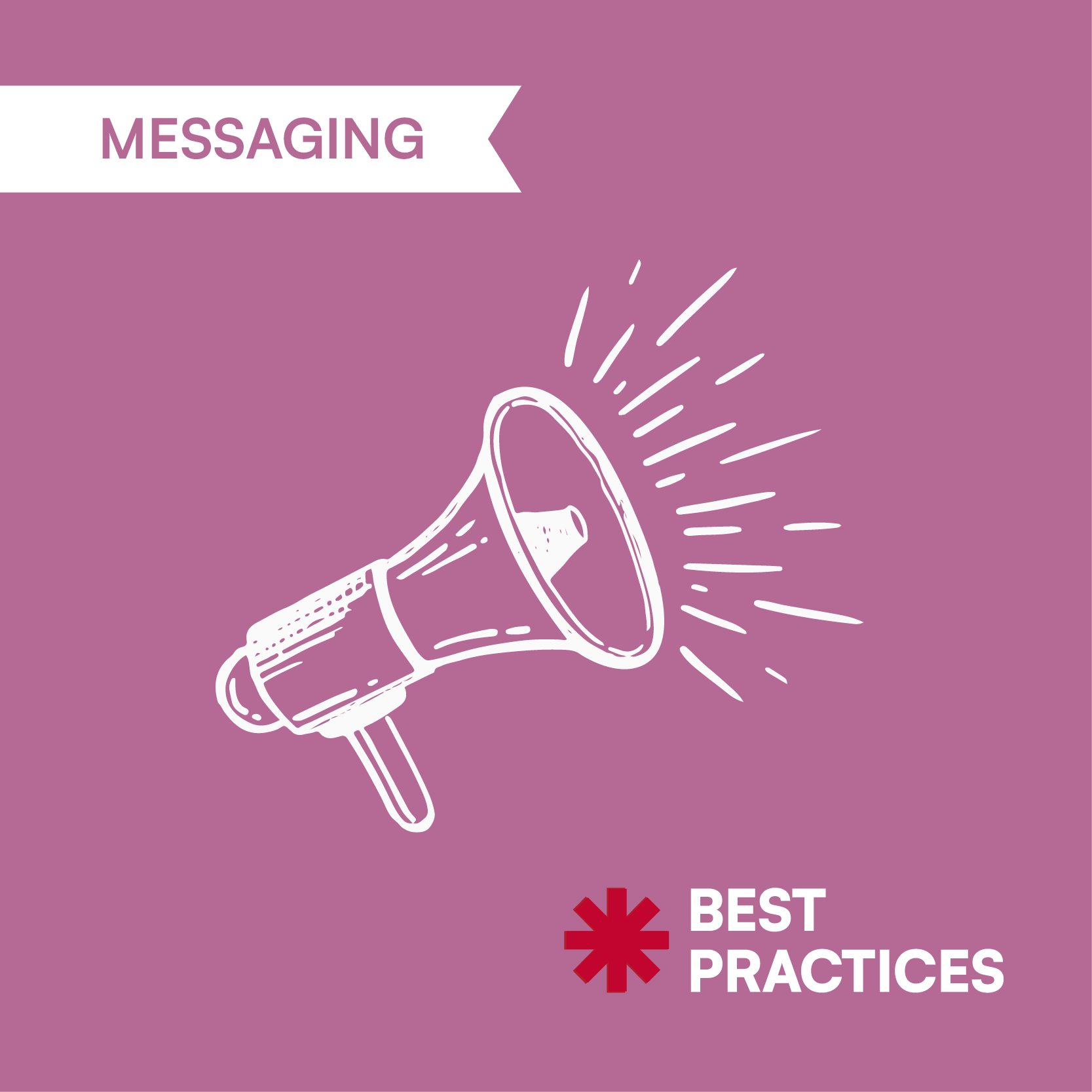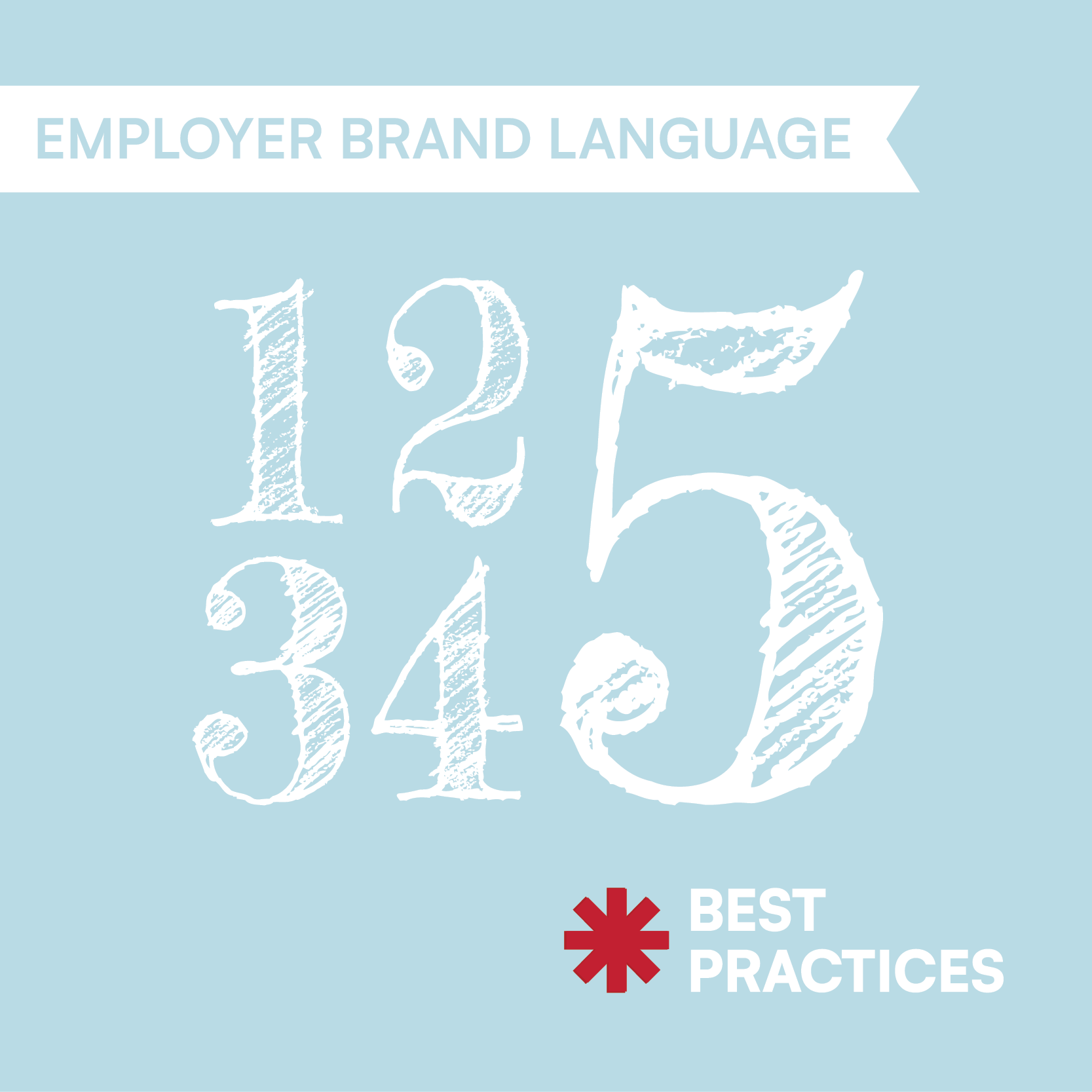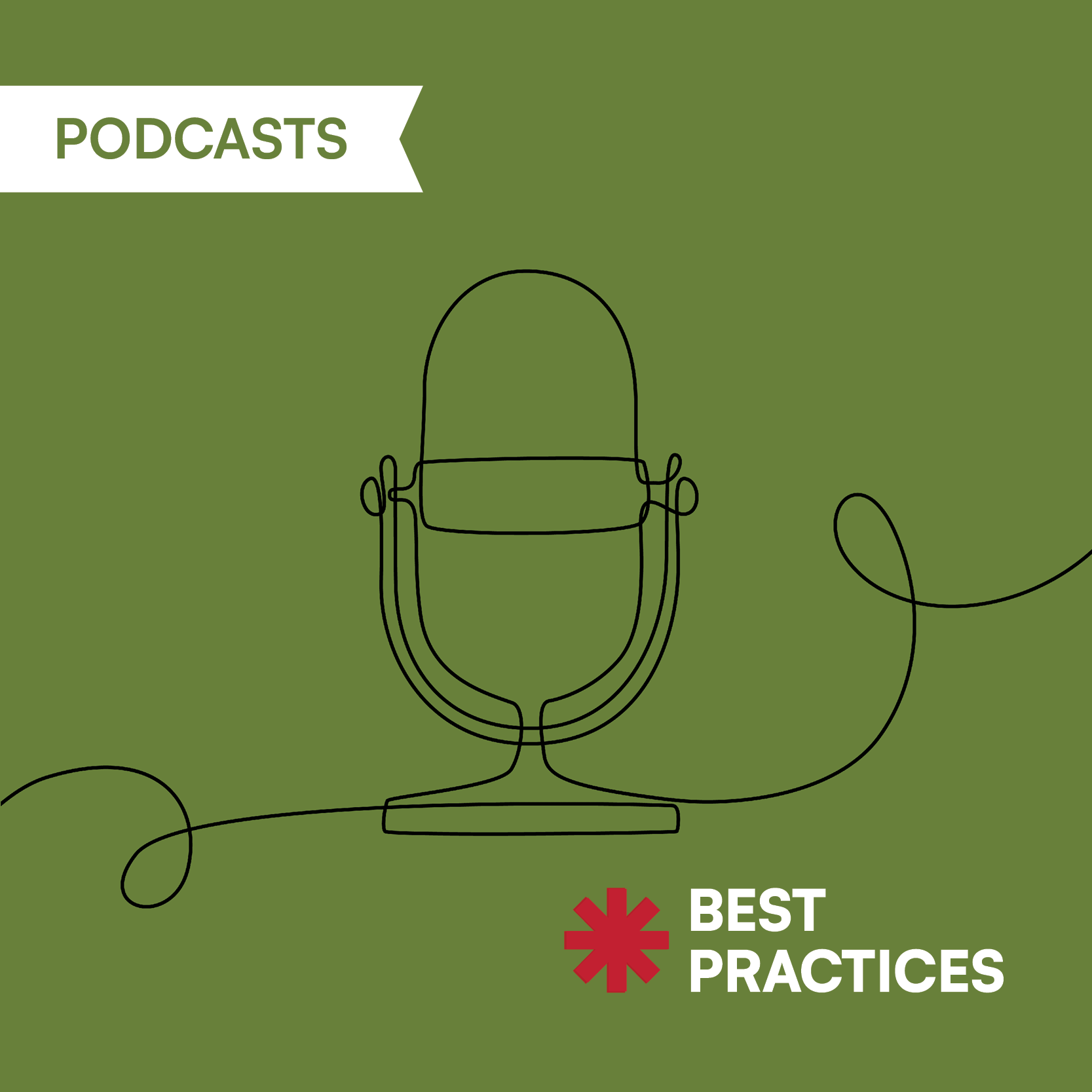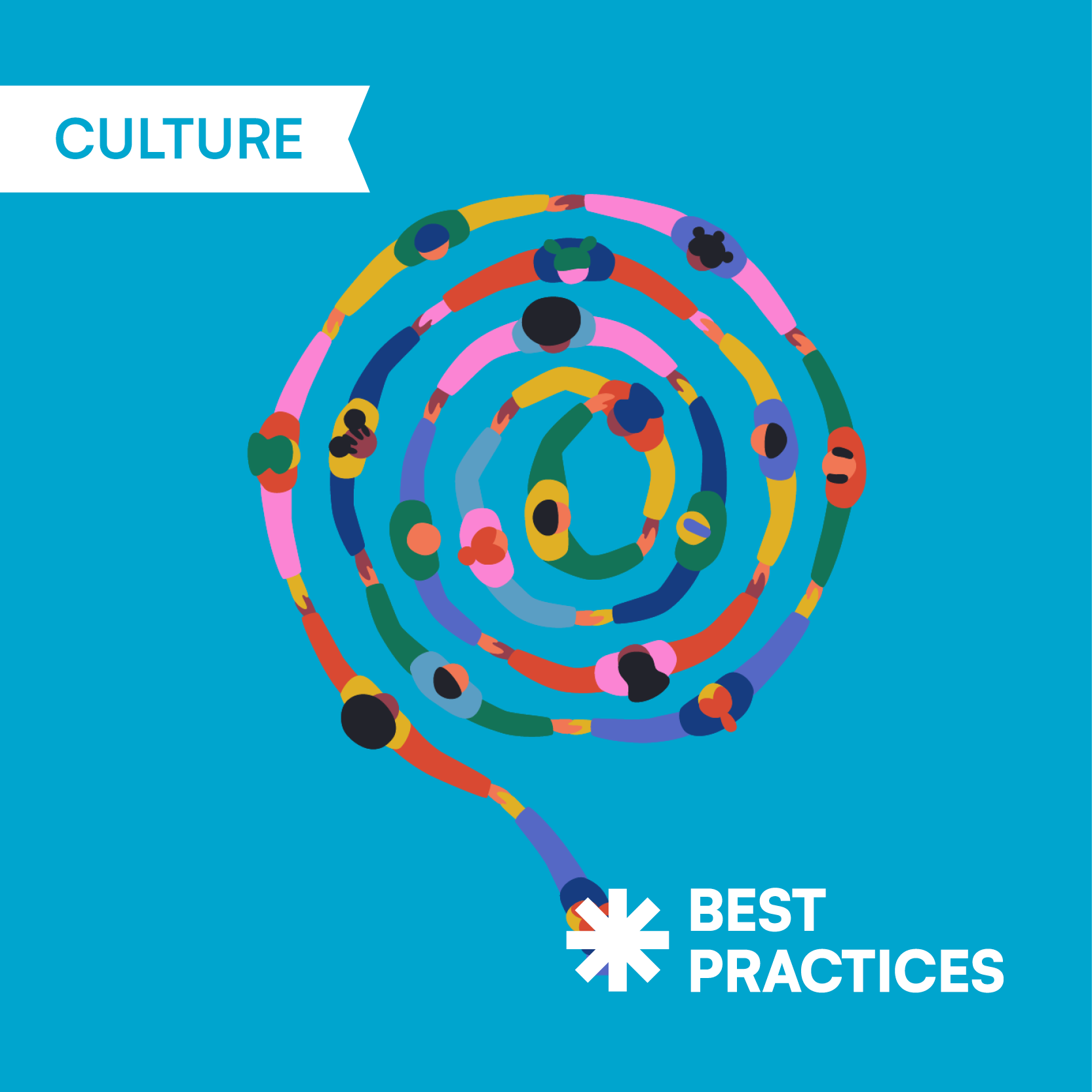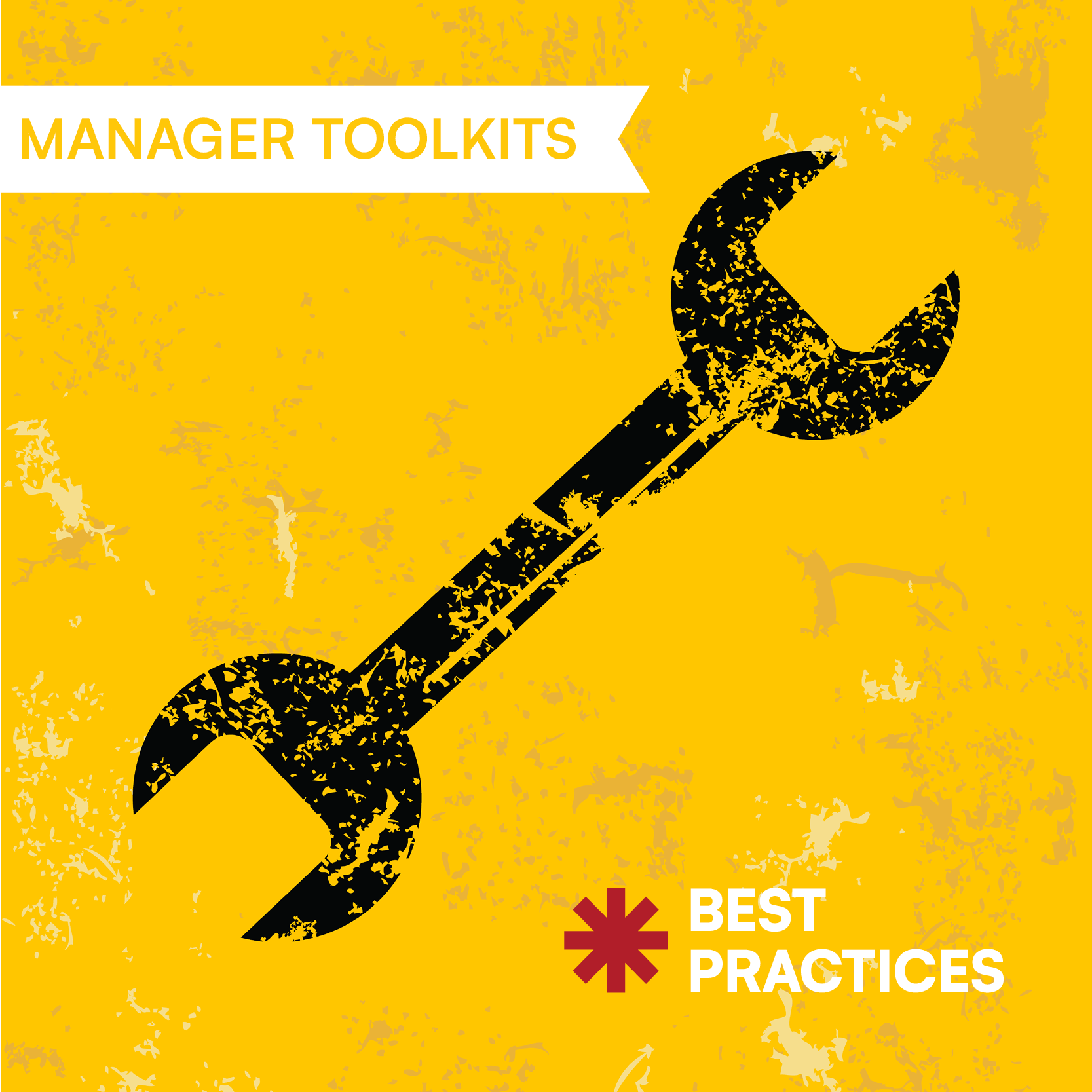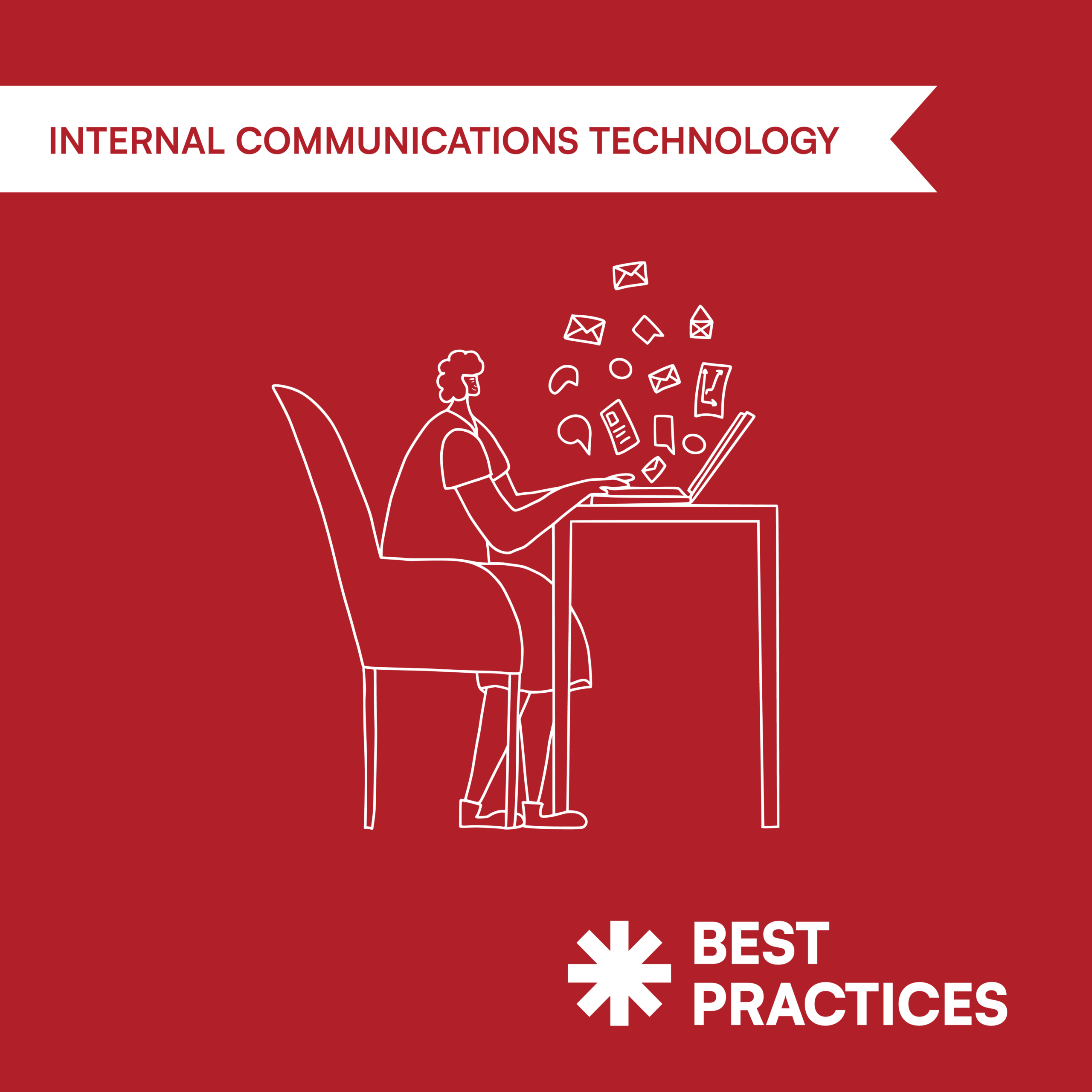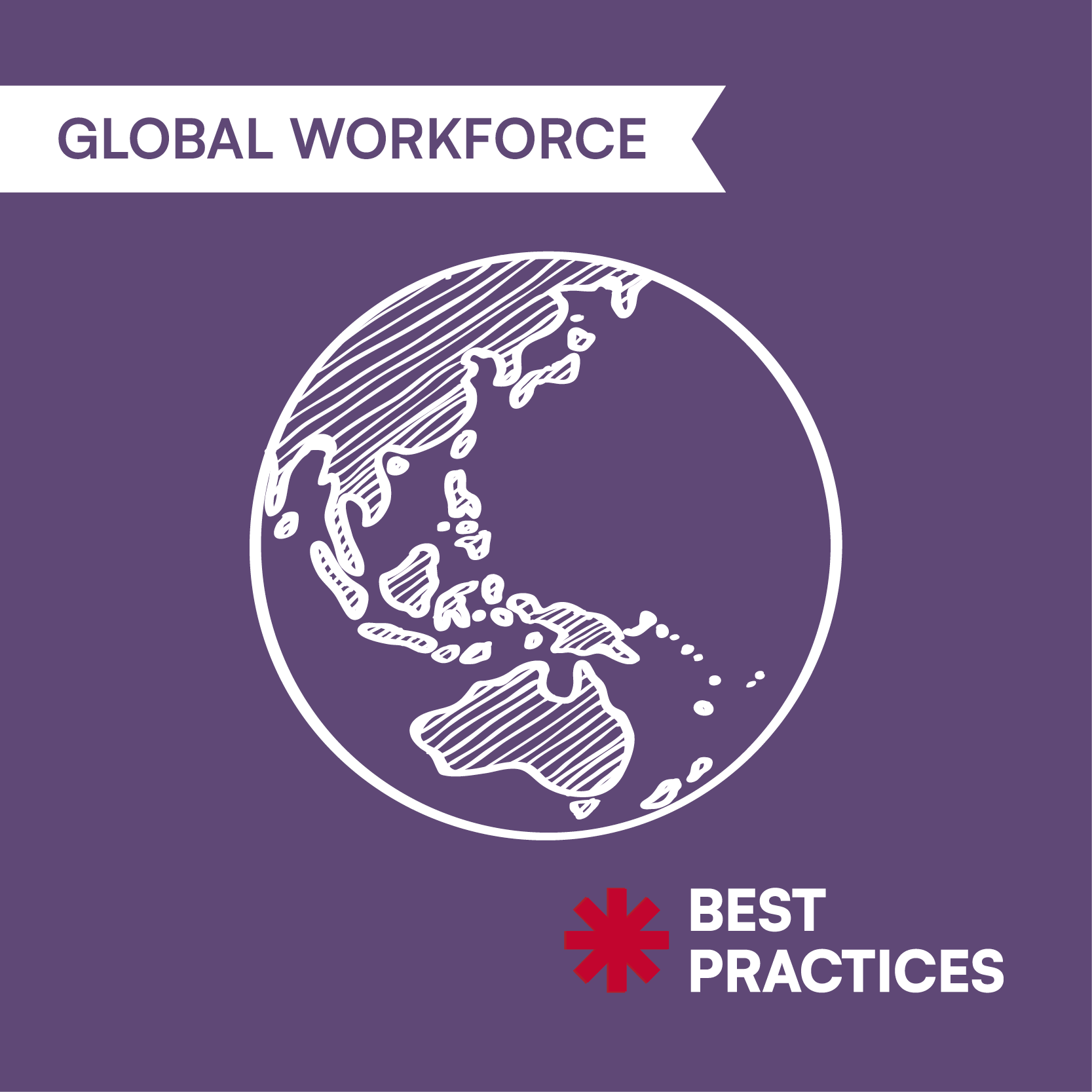Best Practices
Subscribe to our internal communications Best Practices tip sheets
COMMUNICATING BENEFITS
Policy manuals aren’t known to be light reading, but it is possible to make that dense legalese more digestible — and even engaging.
WRITING VALUES
If you want your values to communicate person to person instead of committee to employee, avoid writing as a group.
EMPLOYEE WELLNESS PROGRAMS
Beyond the financial benefits of increase employee health, employee wellness program also offer some important cultural benefits.
EMAIL OVERLOAD
One solution for email overload is a weekly or bi-weekly email digest that’s graphically engaging and includes a synopsis of each all-company email.
EMPLOYER BRAND
Differentiate your company in the job market and remind current employees what’s in it for them.
RIGHT SIZING
How do you communicate a re-org in a way that’s respectful of employees? First of all, don’t call it right-sizing.
BAD CONTENT
Before you decide a communications channel is broken, evaluate the quality of the content that’s flowing through that channel.
GLOBAL EMPLOYEES
Use internal communicators is to make the world a little smaller by connecting employees across geography.
WHAT ENGINEERS WANT
To engage engineering talent, give them problems to solve, smart colleagues and no two days alike.
HUMANIZING THE CEO
See five ways to help build human connections between employees and the CEO — ultimately building trust.
TONE OF VOICE
The writing in a lot of well-intentioned internal communications comes off as unnecessarily patronizing.
BENCHMARKING
When developing a benchmarking study, consider these five ways to define the universe you want to explore.
USE AN AGENCY
See these five advantages of bringing in an agency for internal communications rather than adding head count.
EMPLOYER OF CHOICE
See these five counterintuitive elements of a company employees won’t want to leave.
BETTER MANAGERS
See these five ideas to help develop the sort of managers employees love working for.
YEAR-END PROJECTS
See five projects for a stronger culture or improved employee communications in the coming year.
FIRE HOSE EFFECT
See these five tips for not overwhelming employees with too much communication all at once.
STRESS AND ANXIETY
Communicate the EAP benefits that could help employees manage record-high levels of stress and anxiety.
CASCADING COMMS
Make cascading information to frontline teams easier for managers by equipping them with communications tools.
TOWN HALLS
See these five Dos and Don’ts to increase engagement in all-hands meetings for global, remote, hybrid and on-site audiences.
GEN-Z REMOTE EMPLOYEES
Without much face-time in the office, younger employees may be missing out on some subtle but important learning.
DEI COMMUNICATIONS
Making internal communications more inclusive is an ongoing process. Here are five suggestions to help you progress on that journey.
Well-Being
The pandemic expanded our definition of employee wellness programs to include mental, social and financial wellness.
Change Communications
Help employees accept change management initiatives by avoiding these common mistakes in communicating change.
Intranet Wish List
Whether you’re updating your intranet on SharePoint or SaaS platform, this list will help you think about some features your employees might need.
Hourly Employees
If recruiting and retaining frontline workers is a priority for your company, be sure you’re not making these common mistakes.
Employee Stressors
Help managers be aware that employees may be dealing with under-the-surface stressors that are effecting their performance at work — as well as retention.
Open Enrollment MATERIALS
These communications are notoriously dense, confusing or just plain dull. Here are five tips for making them more enticing.
Recognition
Everybody loves applause, but not everyone prefers the same mode of recognition. See five different ways to show appreciation for employees.
GHOSTWRITING
We try to avoid ghostwriting in favor of other formats, but when it’s absolutely necessary, here are five ways to do it better.
Evolving Values
Although we hope our values are long term, there are milestones or situations when it might make sense to update the language.
HYBRID CULTURE
Without the physical proximity of the office, we have to intentionally build human connections remotely.
Frontline Retention
Help your frontline employees see your company as the place they can build a long-term career.
CHANGE BURNOUT
Change is constant in many organizations. Here are five ideas for making change initiatives less stressful for employees.
CEO COmmunications
CEOs and your other big cheese executives may not have time to write their own articles or other communications to employees.
Messaging
The language of the employer brand should reflect the emotional experience of what employees love about your company.
EMPLOYER BRAND LANGUAGE
The language of the employer brand should reflect the emotional experience of what employees love about your company.
HYBRID ENGAGEMENT
There was an expectation that hybrid work would be bad for employee engagement, but here are five ways it could be improving it.
PODCASTS
Podcasts harness the power of the voice — not unlike FDR in his Fireside Chats. See five ways to use podcasts in this Best Practices one pager.
CULTURE
Members of the executive team may feel they have a handle on the culture, but they sometimes have an insular experience.
MANAGER TOOLKITS
Communications toolkits not only make managers’ jobs easier. They also increase employee buy-in for major change, leadership vision and new initiatives.
INTERNAL COMMUNICATIONS TECHNOLOGY
Multiple generations in the workforce mean you may need to tweak your technology mix and internal communications channels.
GLOBAL WORKFORCE
Unite employees in locations around the world by avoiding an America-centric approach to internal communications.
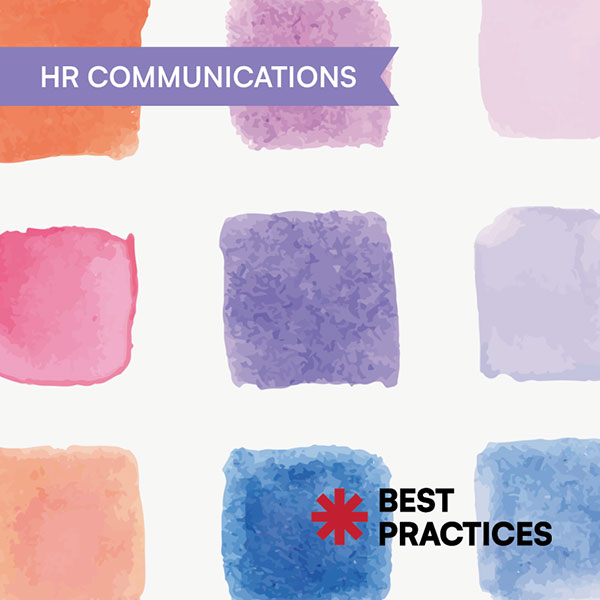
HR Communications
Improve readership of benefits materials and other HR comms by making it easier for employees to glean what they need to know.
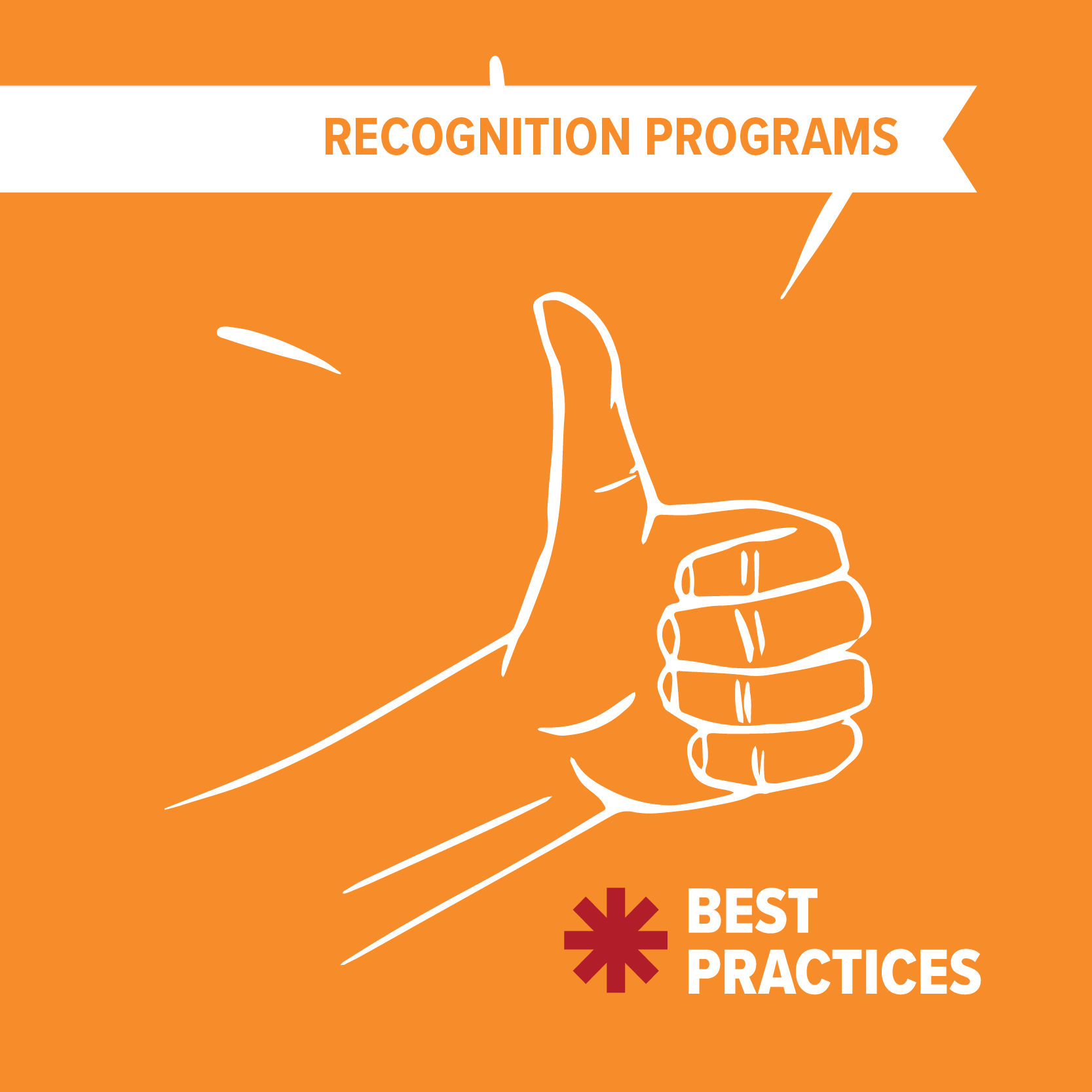
Recognition Programs
Recognition programs create a strategic opportunity to drive very specific behaviors — related to values, safety and other corporate objectives.
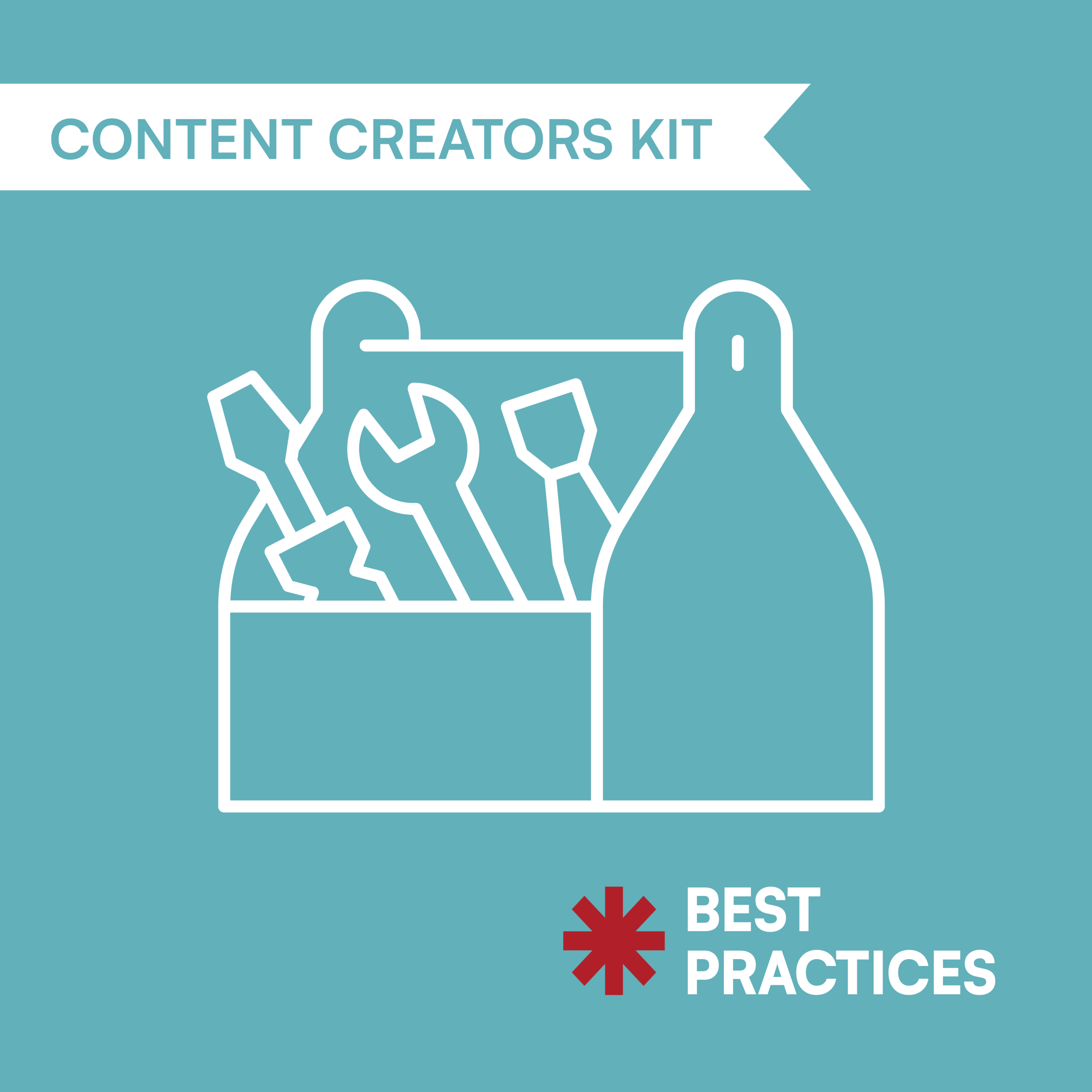
Content Creators Kit
Give people who don’t write professionally the tools to keep their internal communications consistent and on brand.
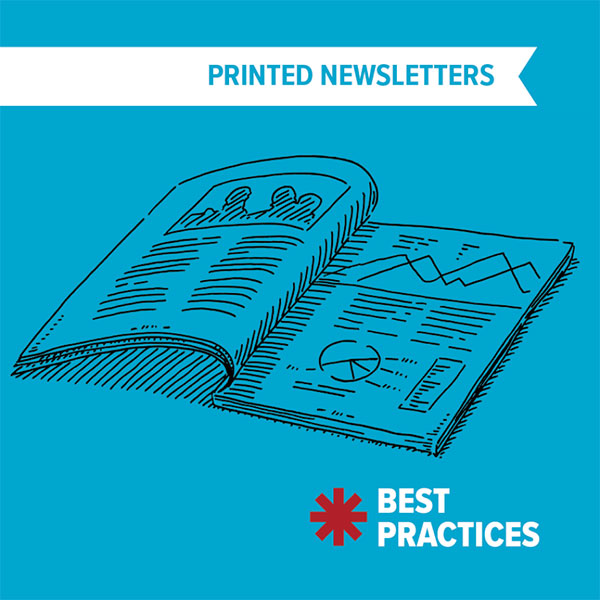
Printed Newsletters
